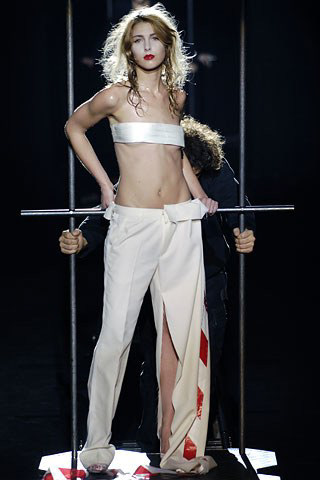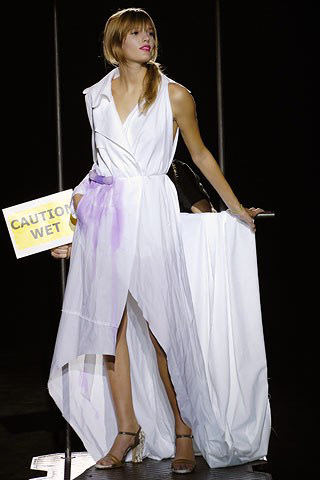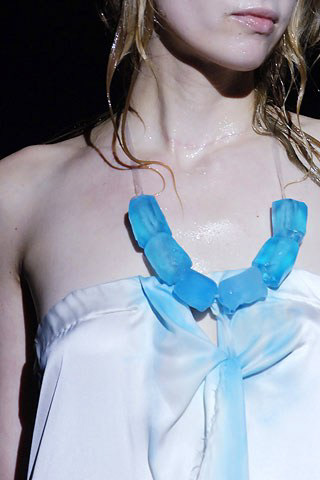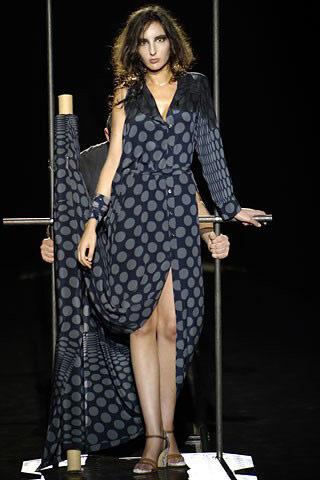Spring 93 RTW
" Romance isn’t the first thing that comes to mind when Martin Margiela’s name is mentioned, but it was abundantly present in this Spring ’93 show, which paired minimalism with Victoriana... Margiela scheduled two 8:30 p.m. shows at opposite ends of Montmartre Cemetery. At one, the clothes and invitation were black, at the other, white. Show up to the wrong show and you were denied entrance, unless, that is, you were Rei Kawakubo. " source: VOGUE
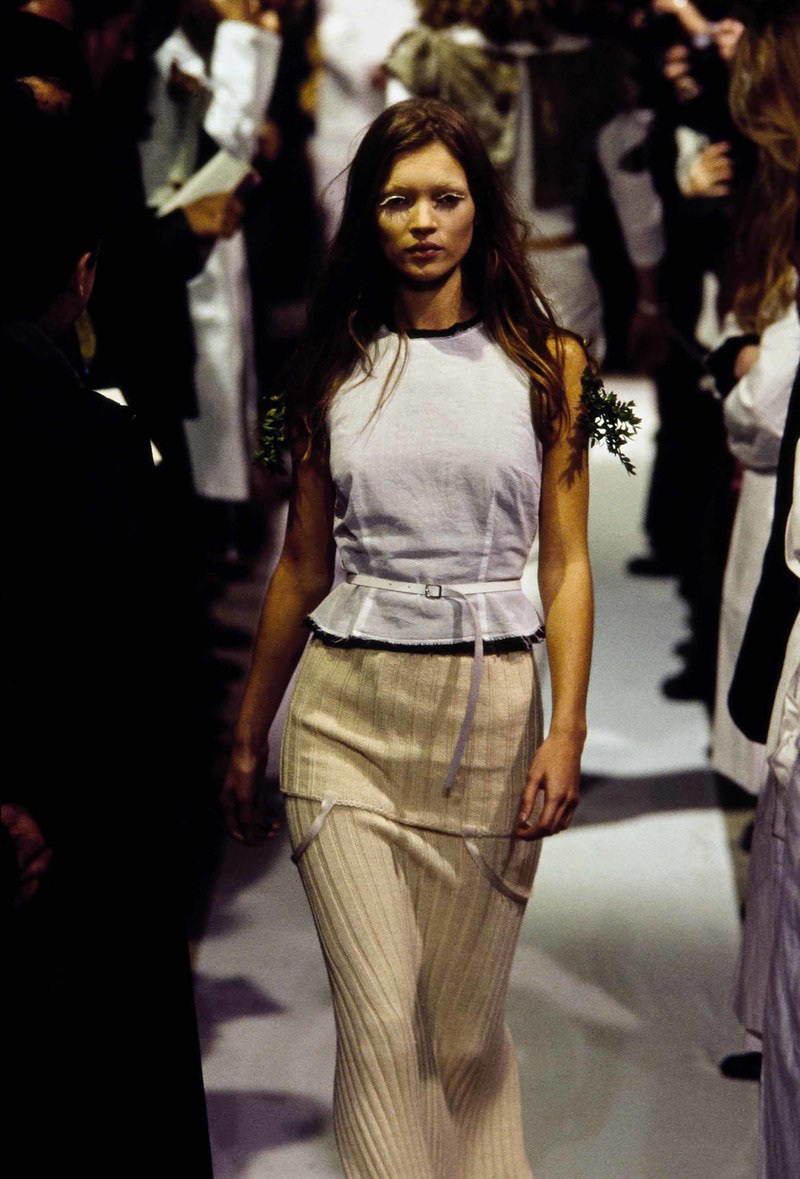
Kate Moss
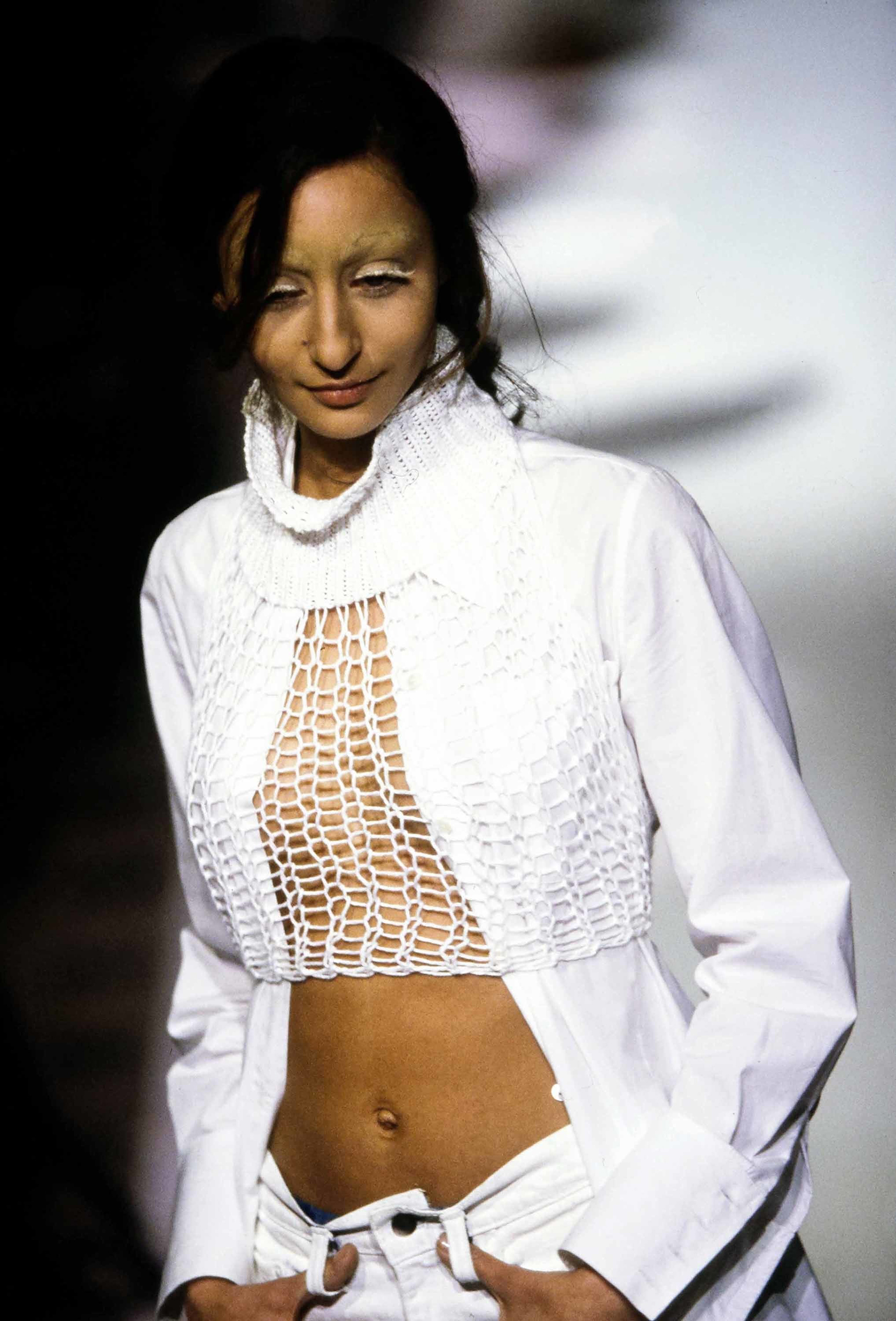

Spring 95 RTW
“Discussing his Fall ’94 season, Vogue declared, “Bad boy Margiela refused to show his collection to the press before it hits the stores in September.” When it came time to present his line for Spring ’95, he was back in show mode, but the presentation came with a twist. The models sat amid the audience in the theater that housed the show,” The New York Times reported, “until a bell rang and they lined up two deep across the stage to take their turn in the spotlight.” source: VOGUE
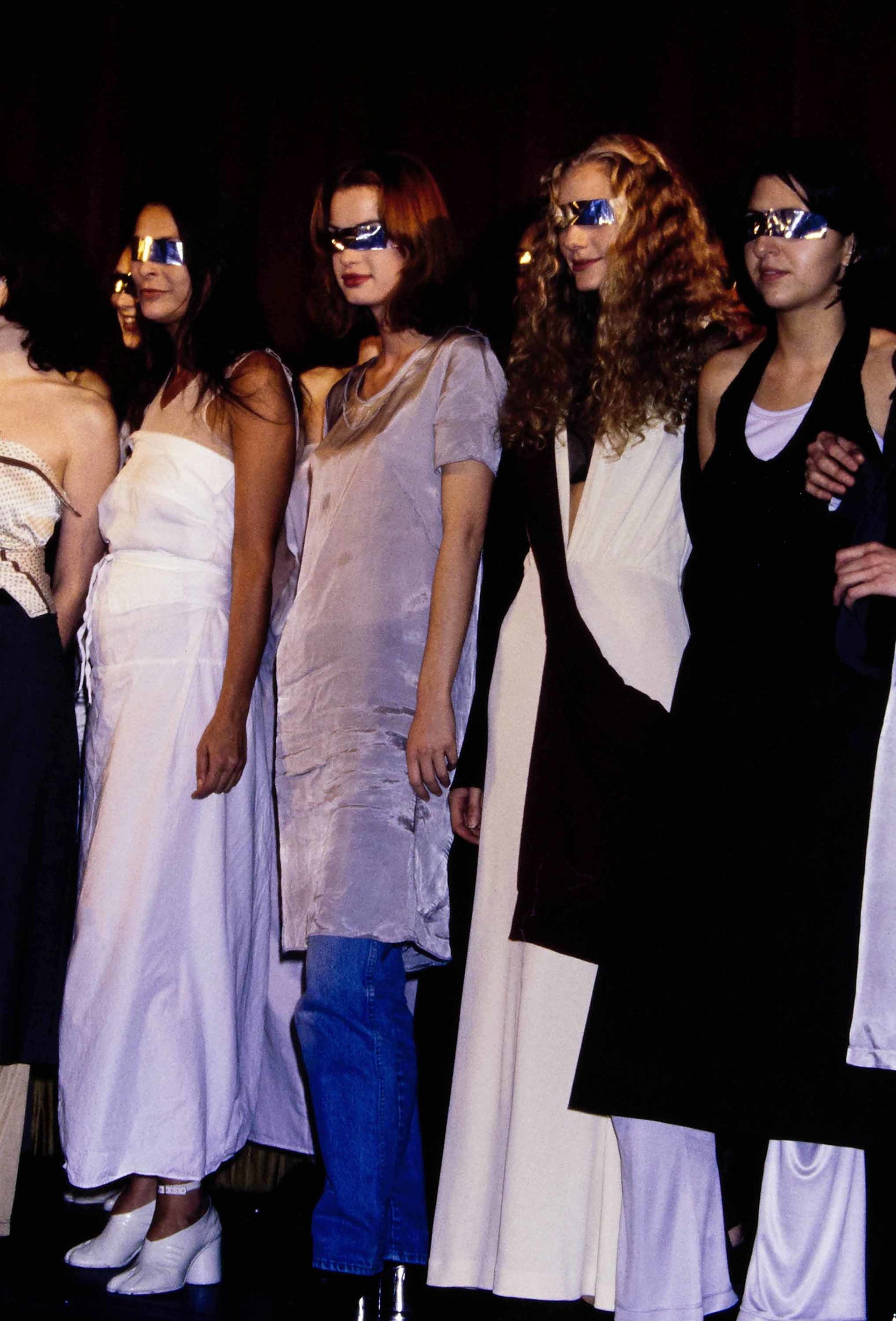

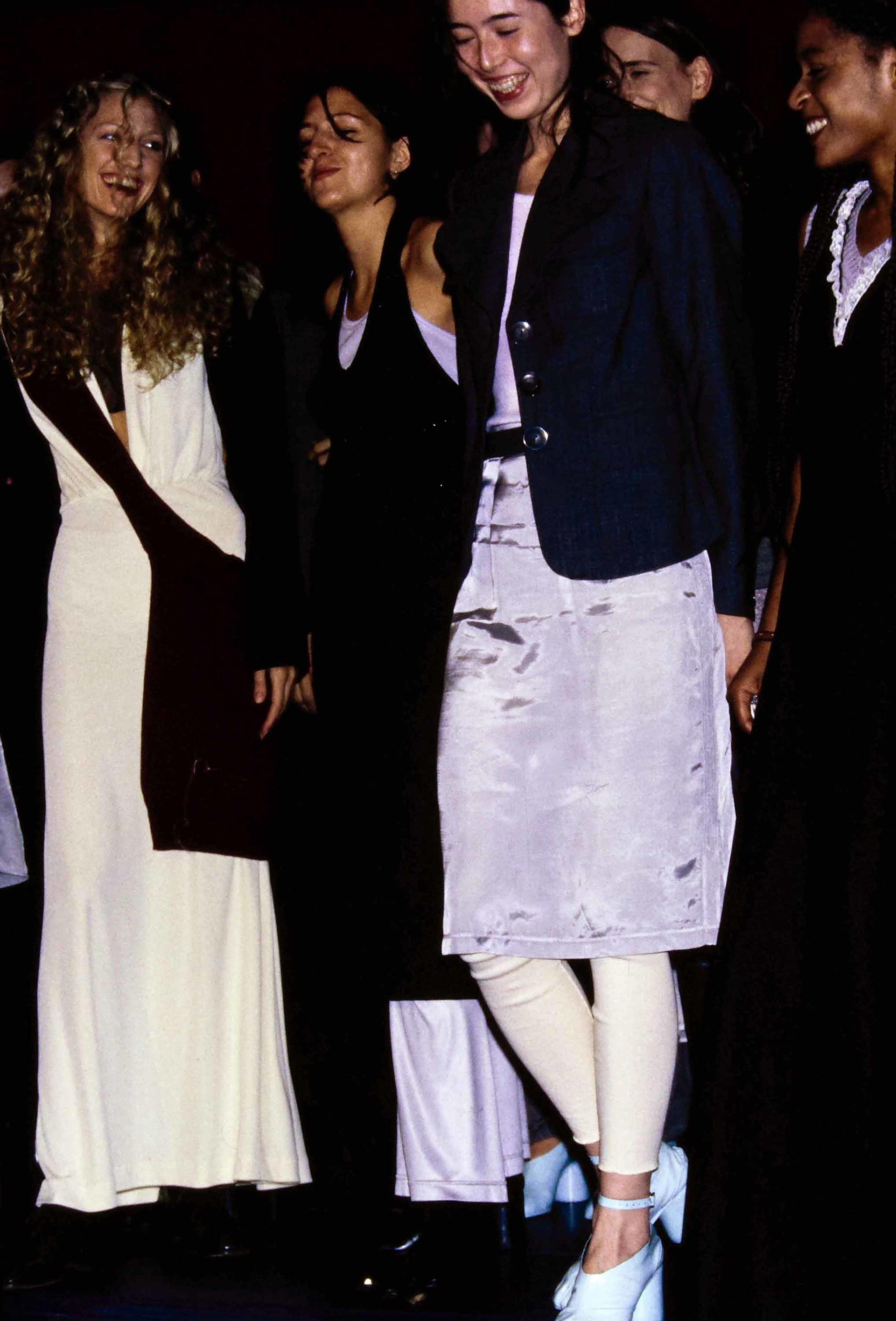
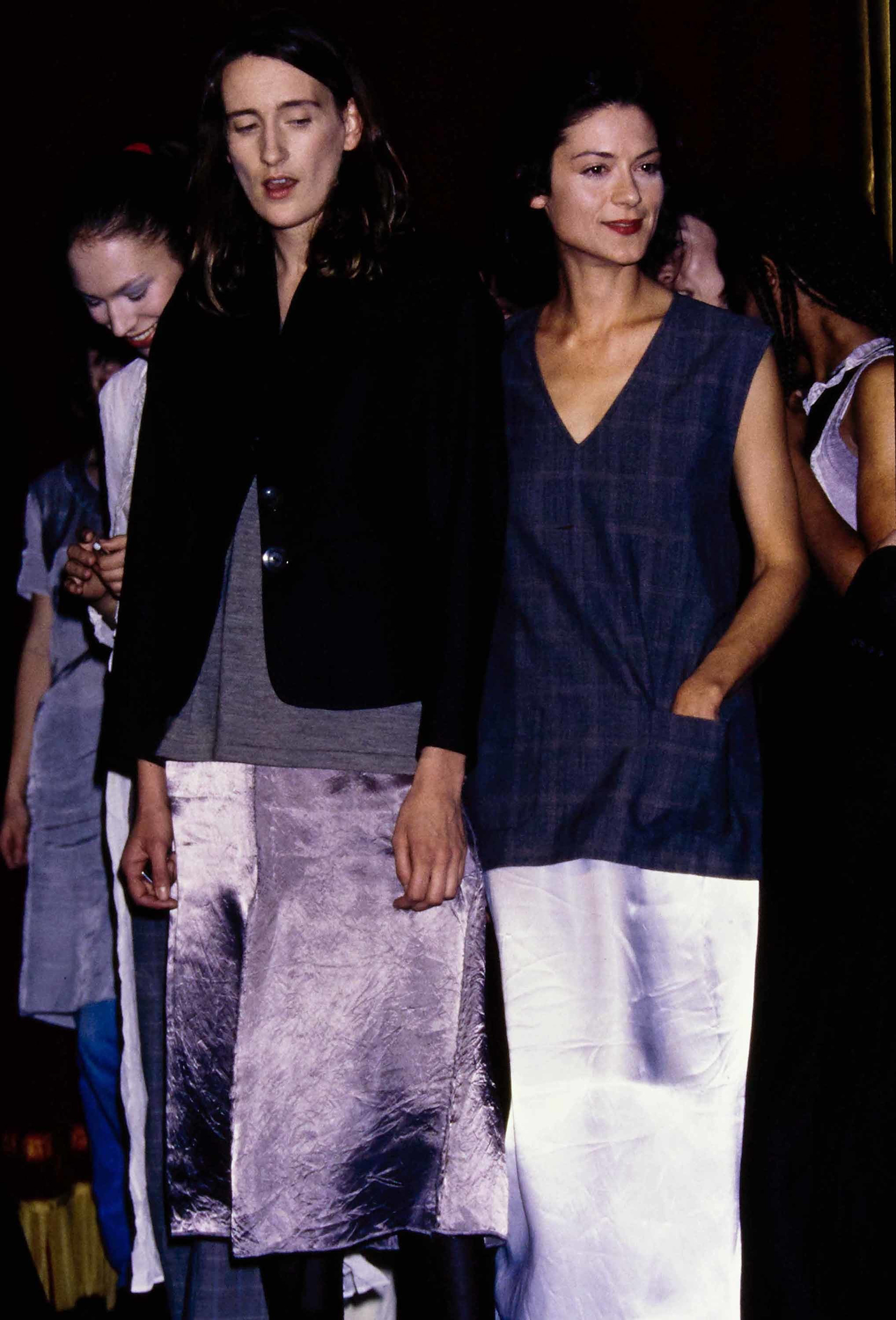
Fall 95 RTW
“Depending on one’s perspective, the overall effect was either an edgy street vibe or what The New York Times called a “Salvation Army mood.” The models sat amid the audience in the theater that housed the show,” The New York Times reported, “until a bell rang and they lined up two deep across the stage to take their turn in the spotlight.” source: VOGUE


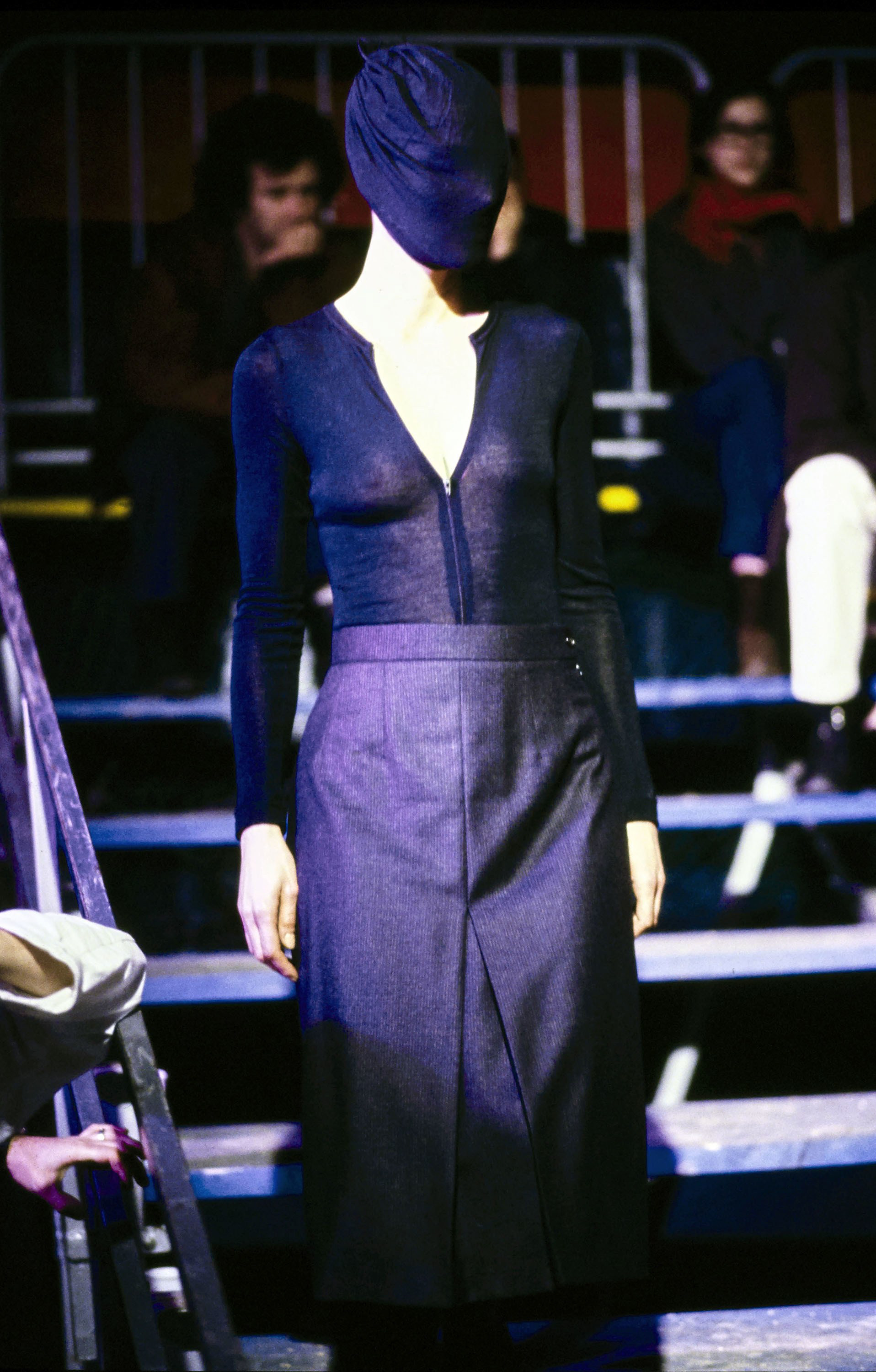
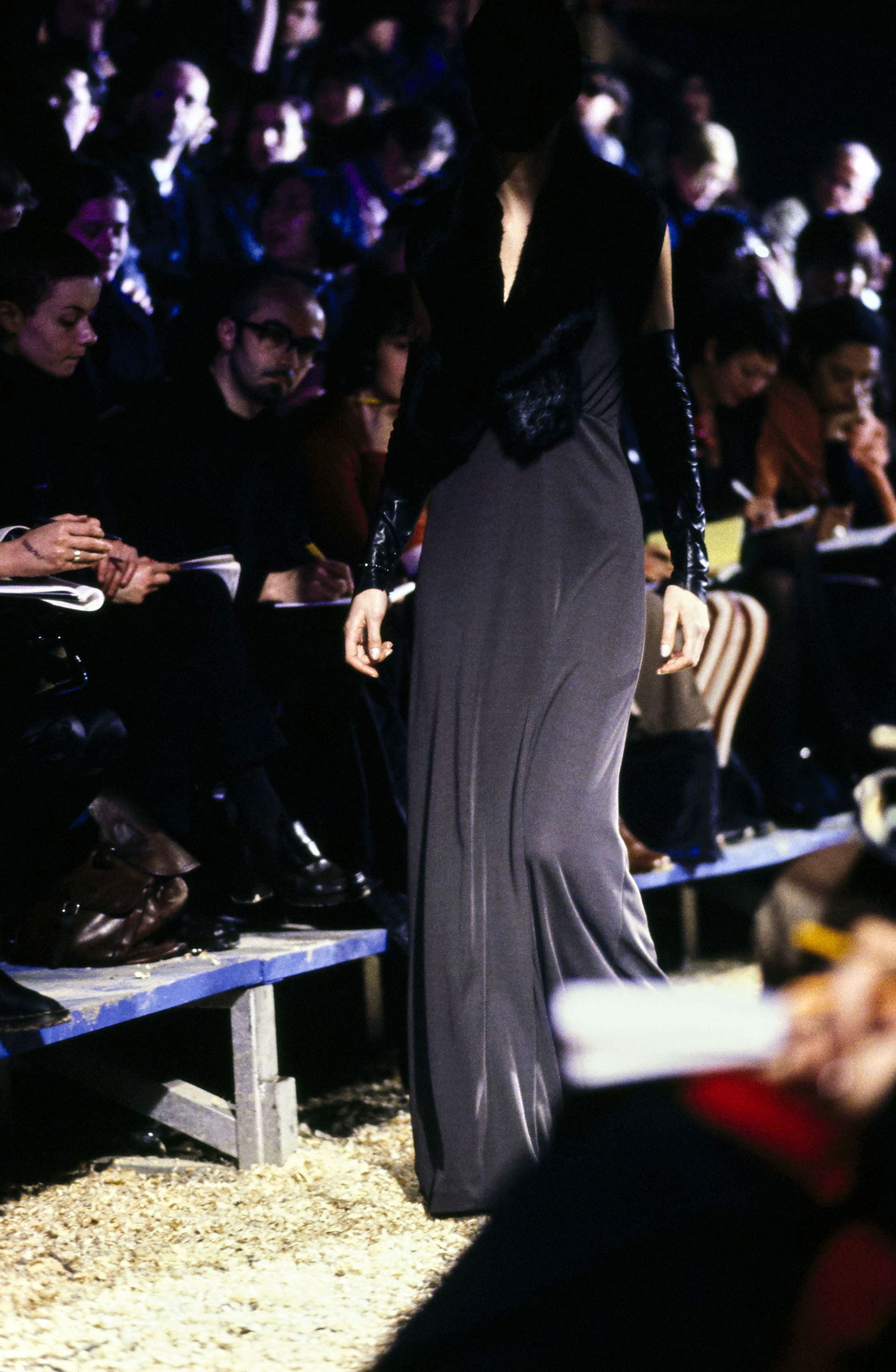
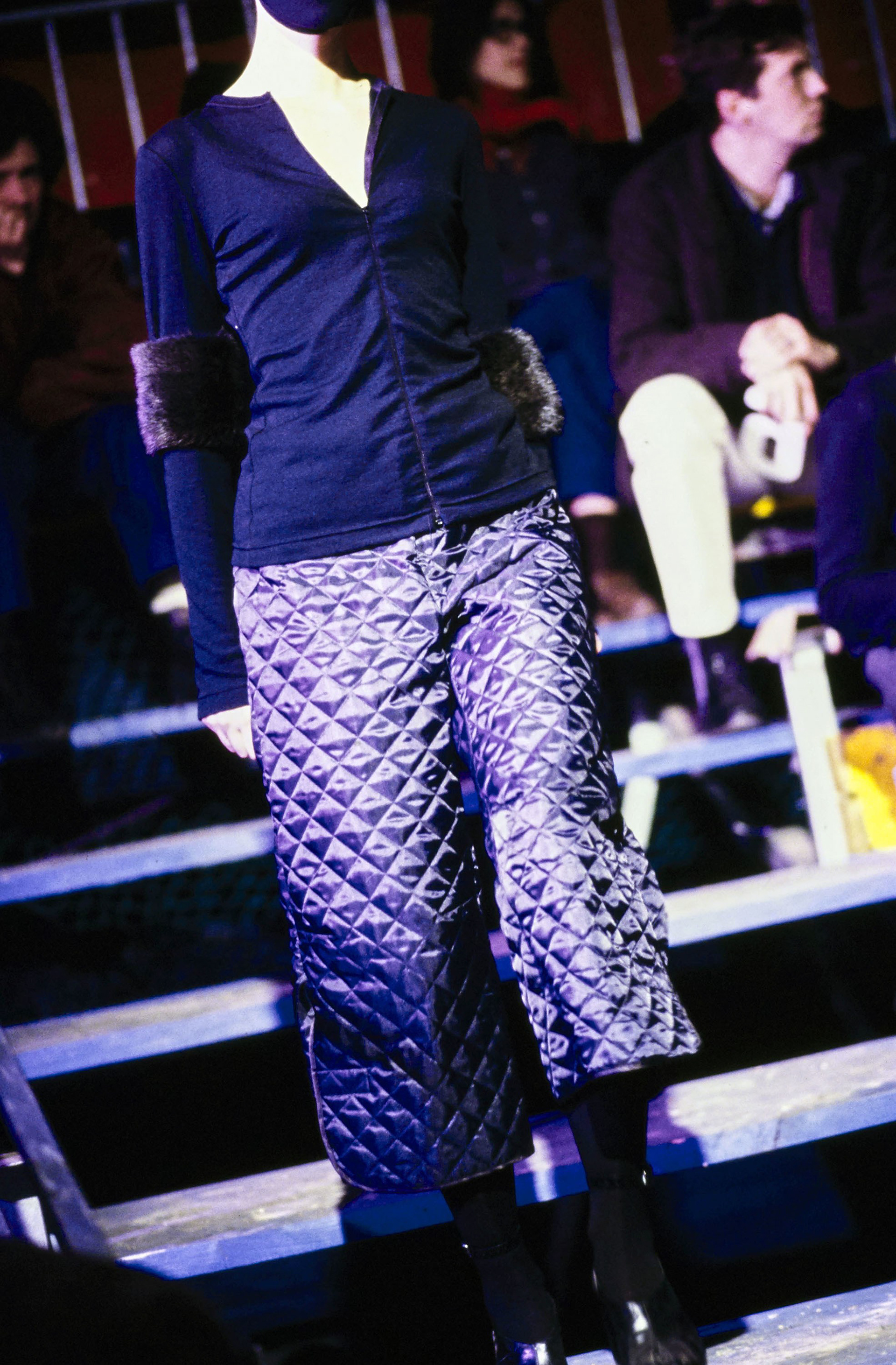
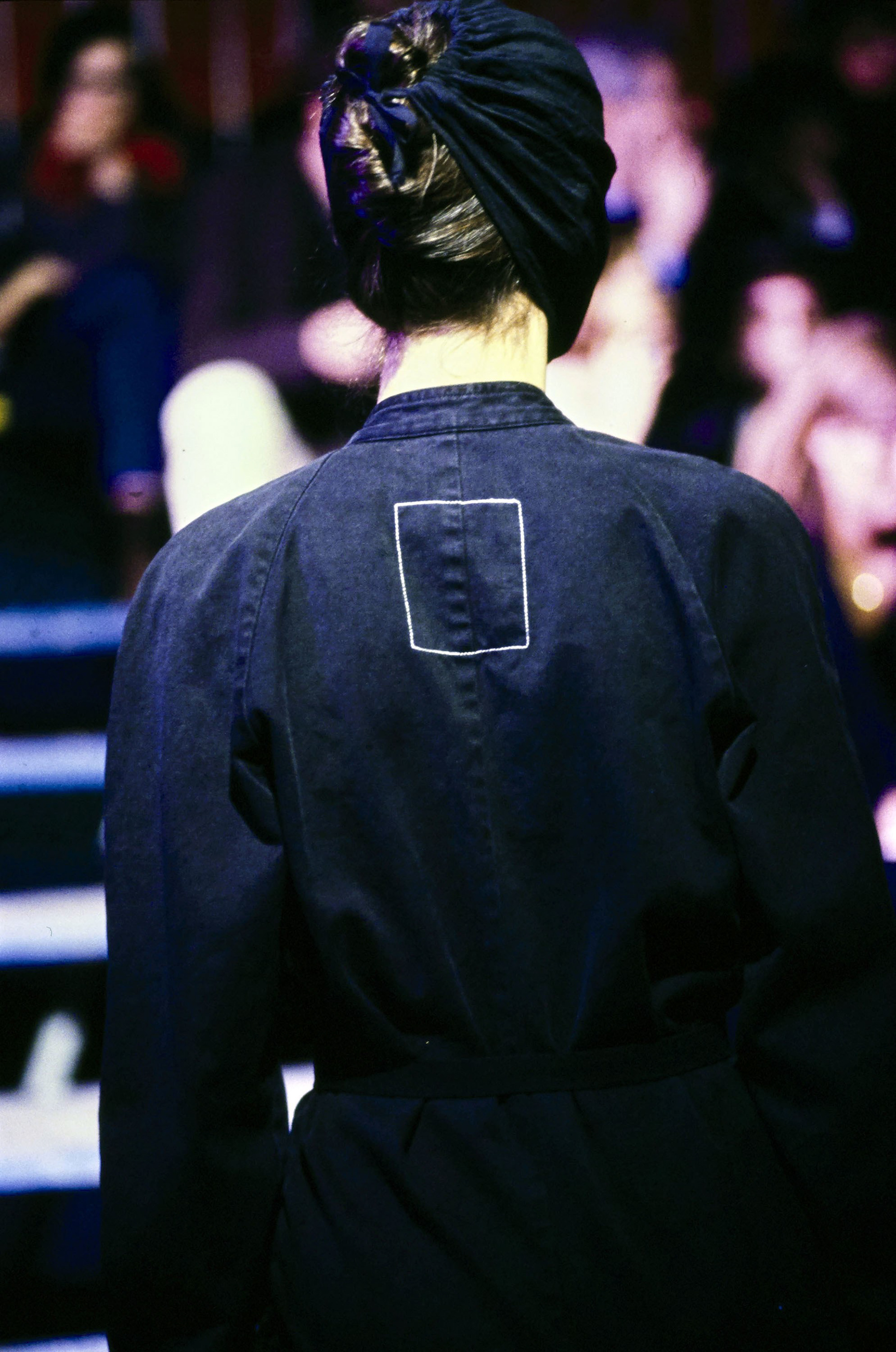
Spring 96 RTW
“ Margiela famously refused to do interviews. He didn’t need to—his clothes telegraphed an intelligence that was uniquely his own. ” source: VOGUE
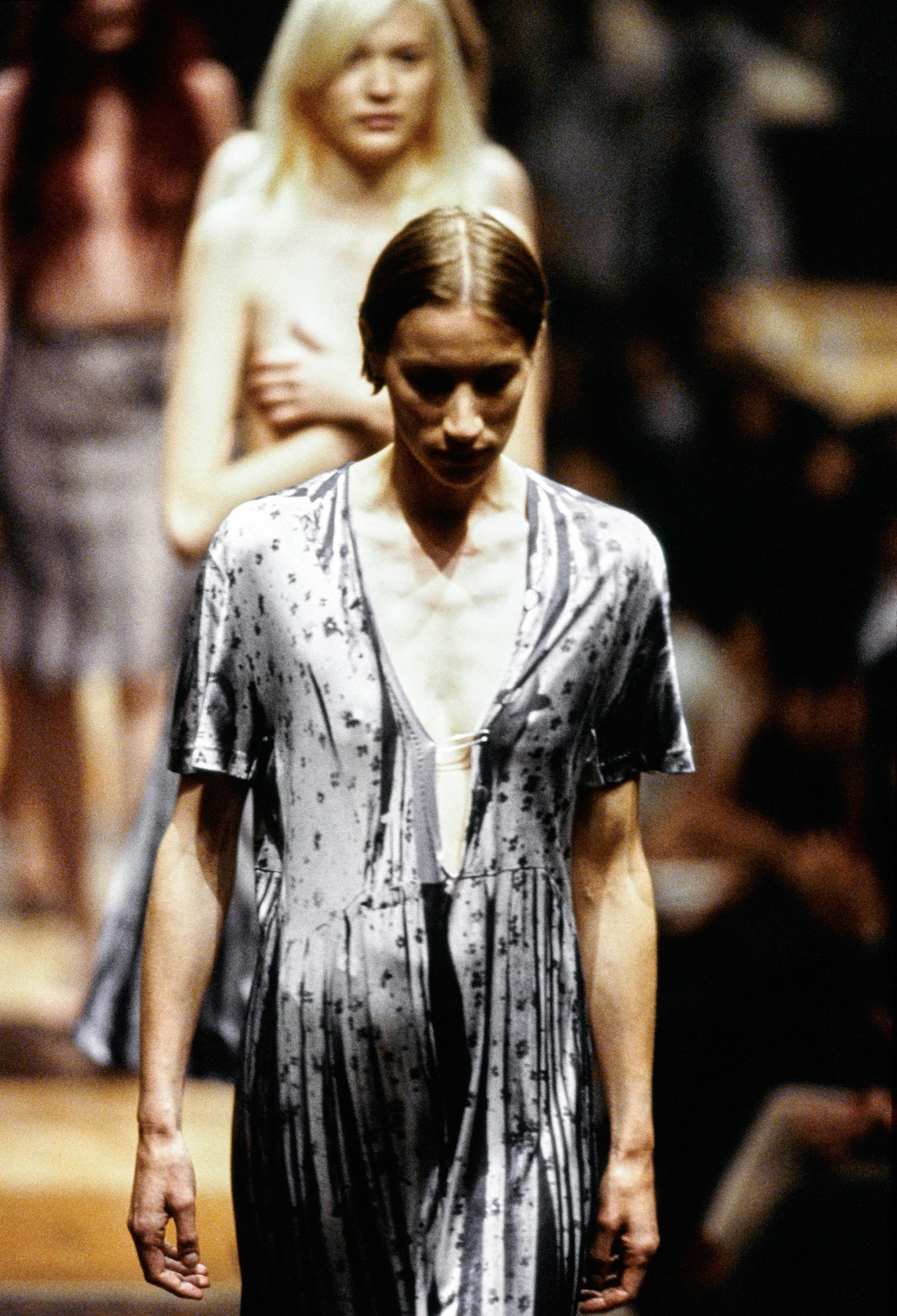

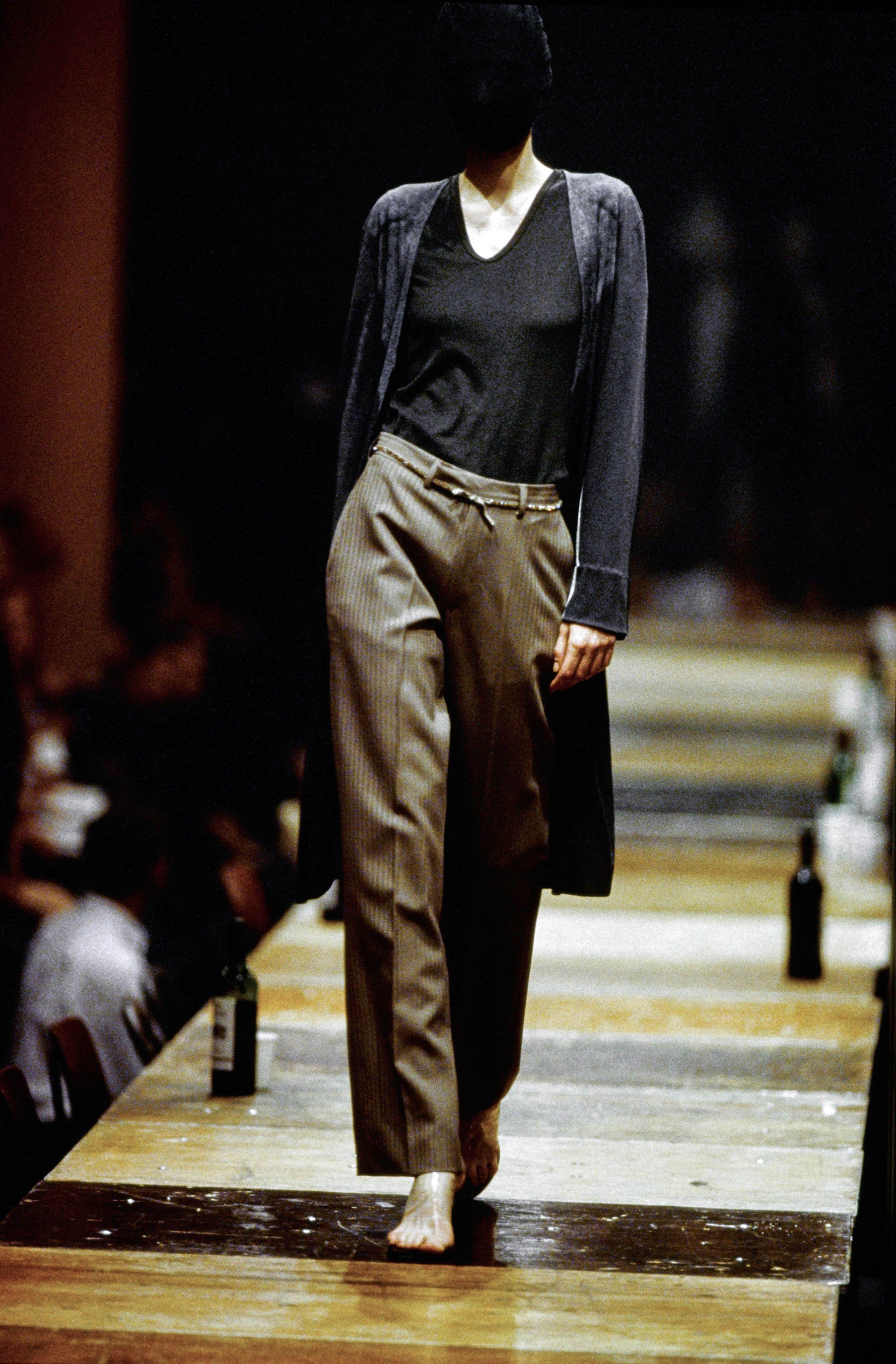
Fall 96 RTW
“ Margiela, mused The New York Times, “doesn’t care much if the proportions seem strange to the eye, if the way he puts his pieces together . . . look unlike what women wear today. That’s the point of being avant-garde, isn’t it? To disturb in some way. ” source: VOGUE
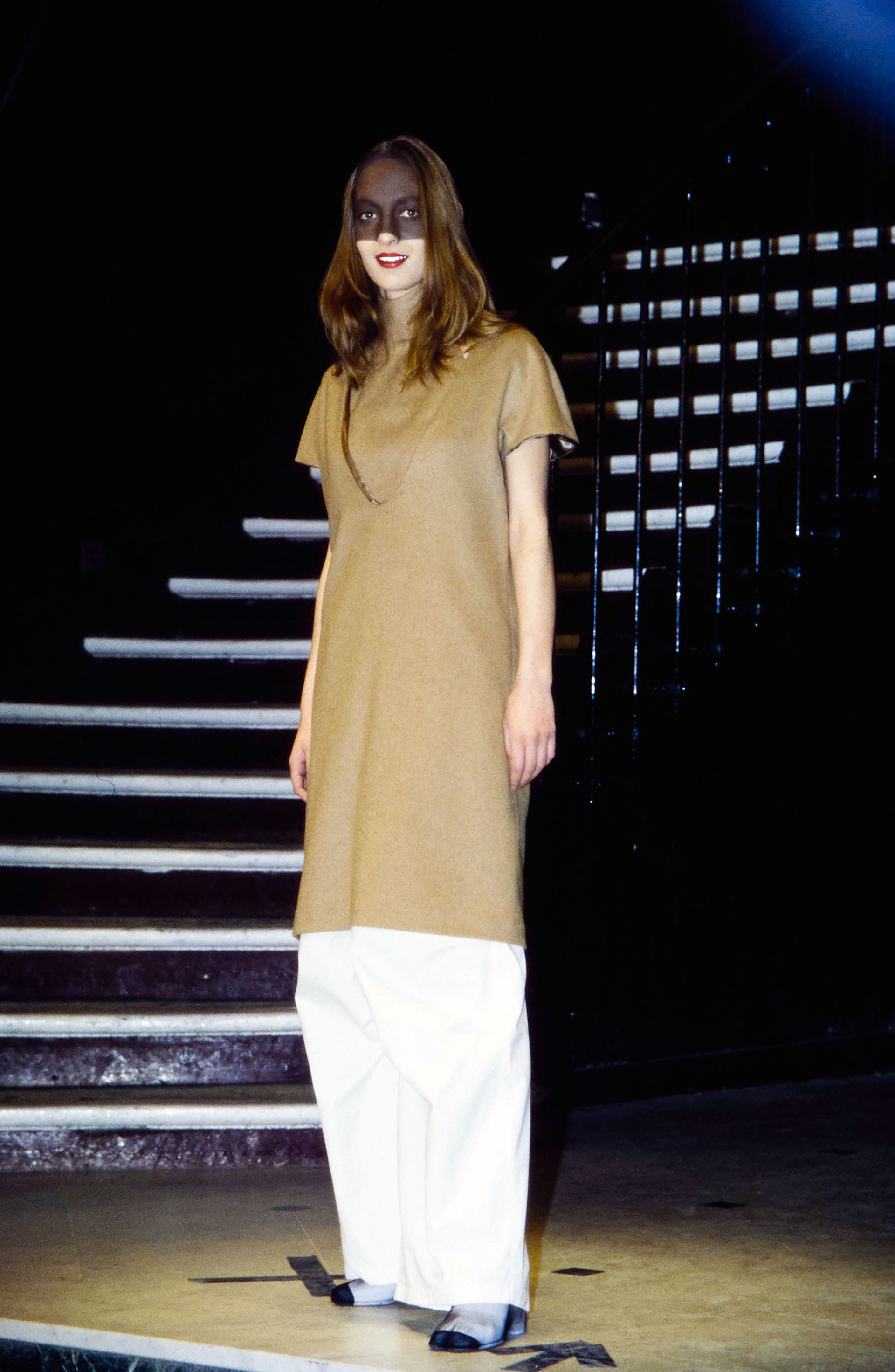
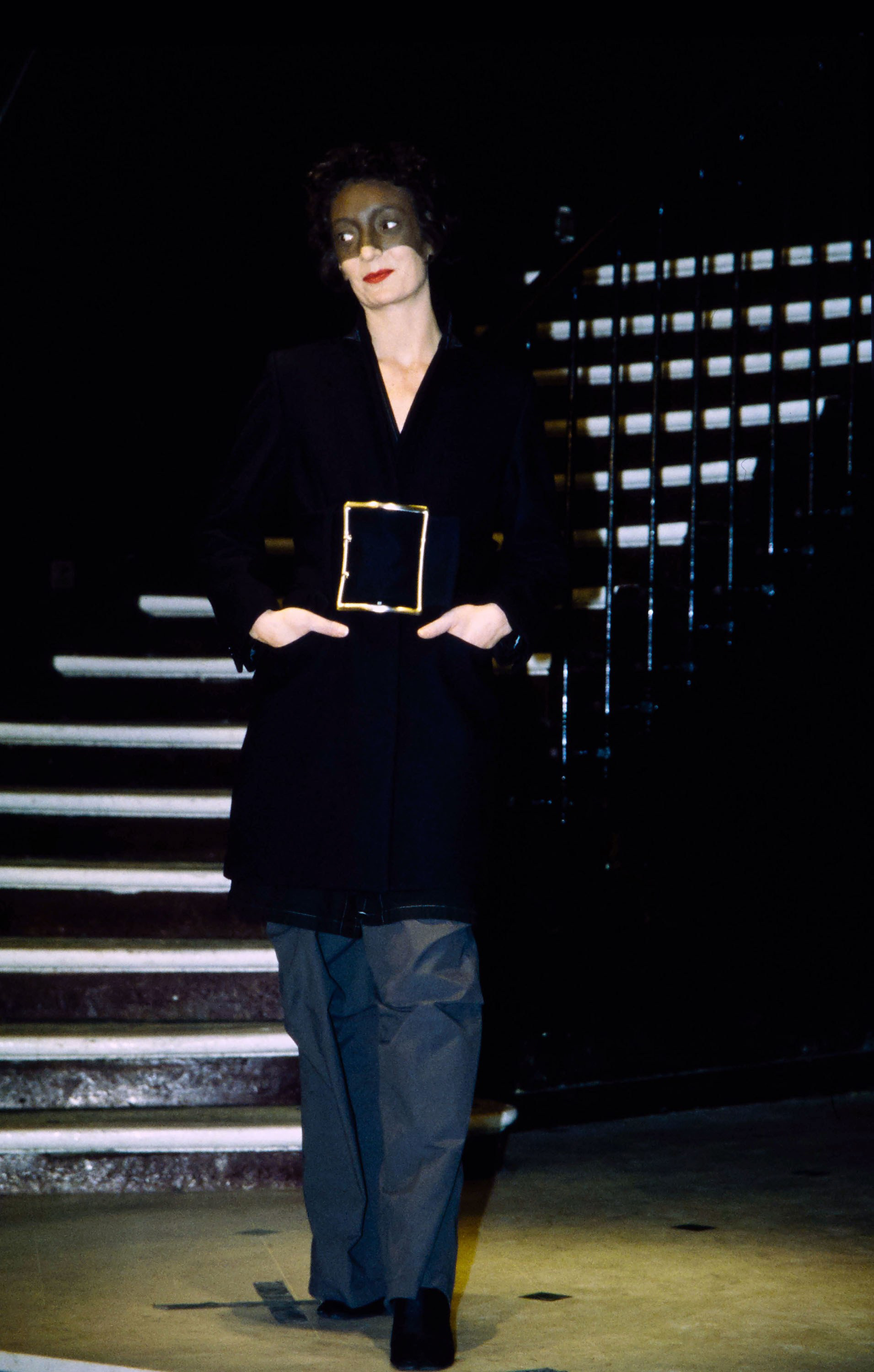
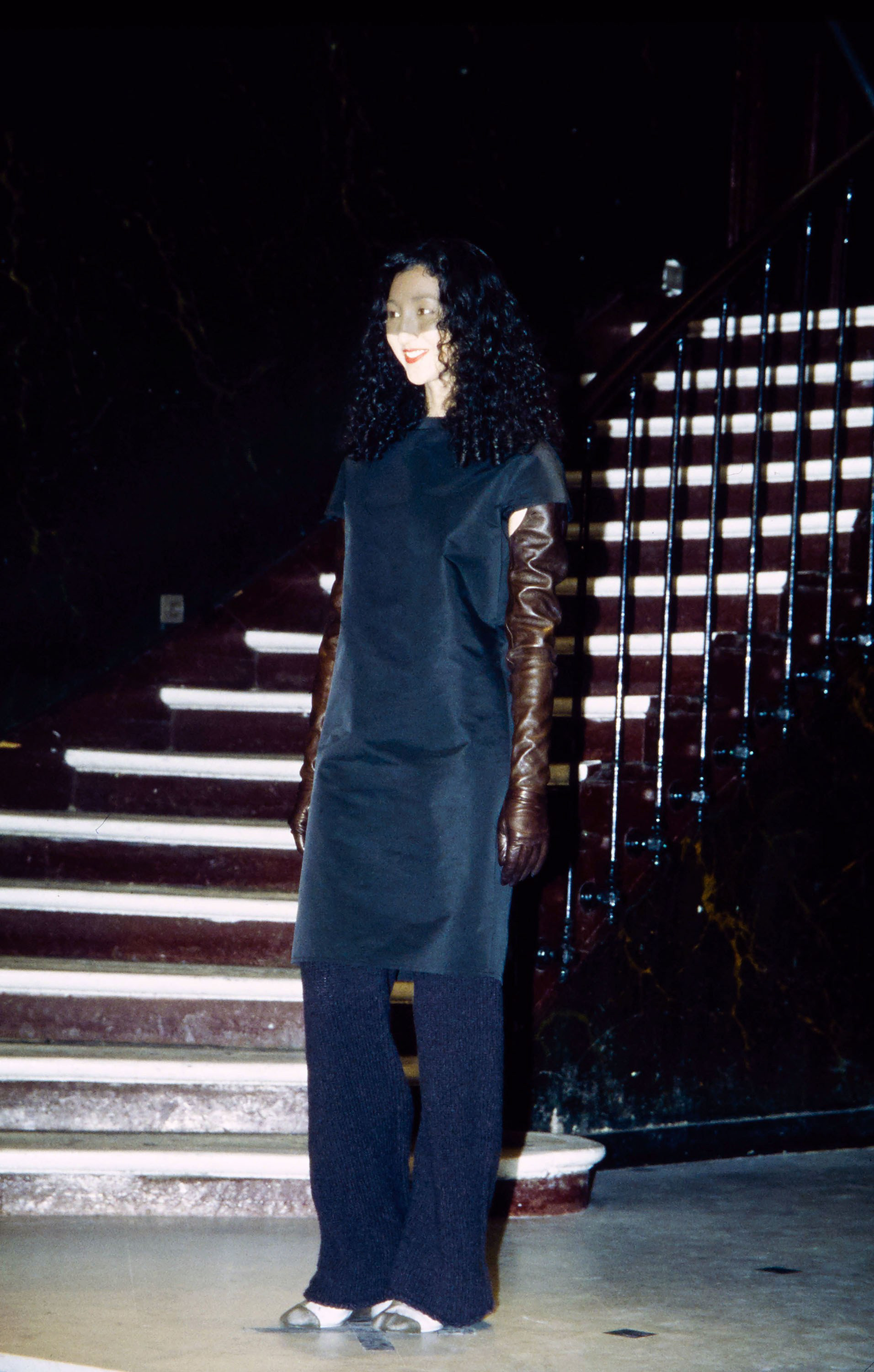
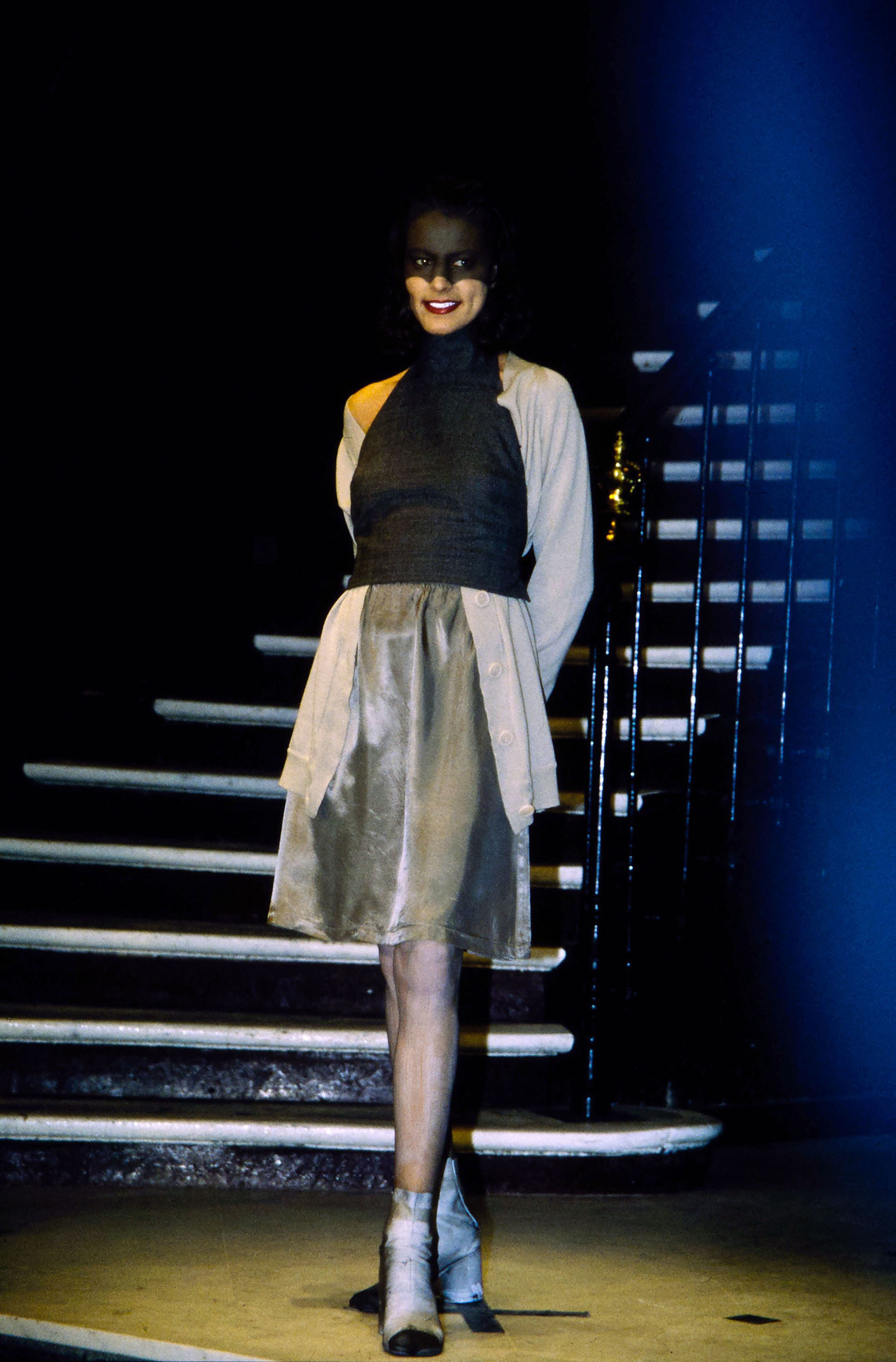

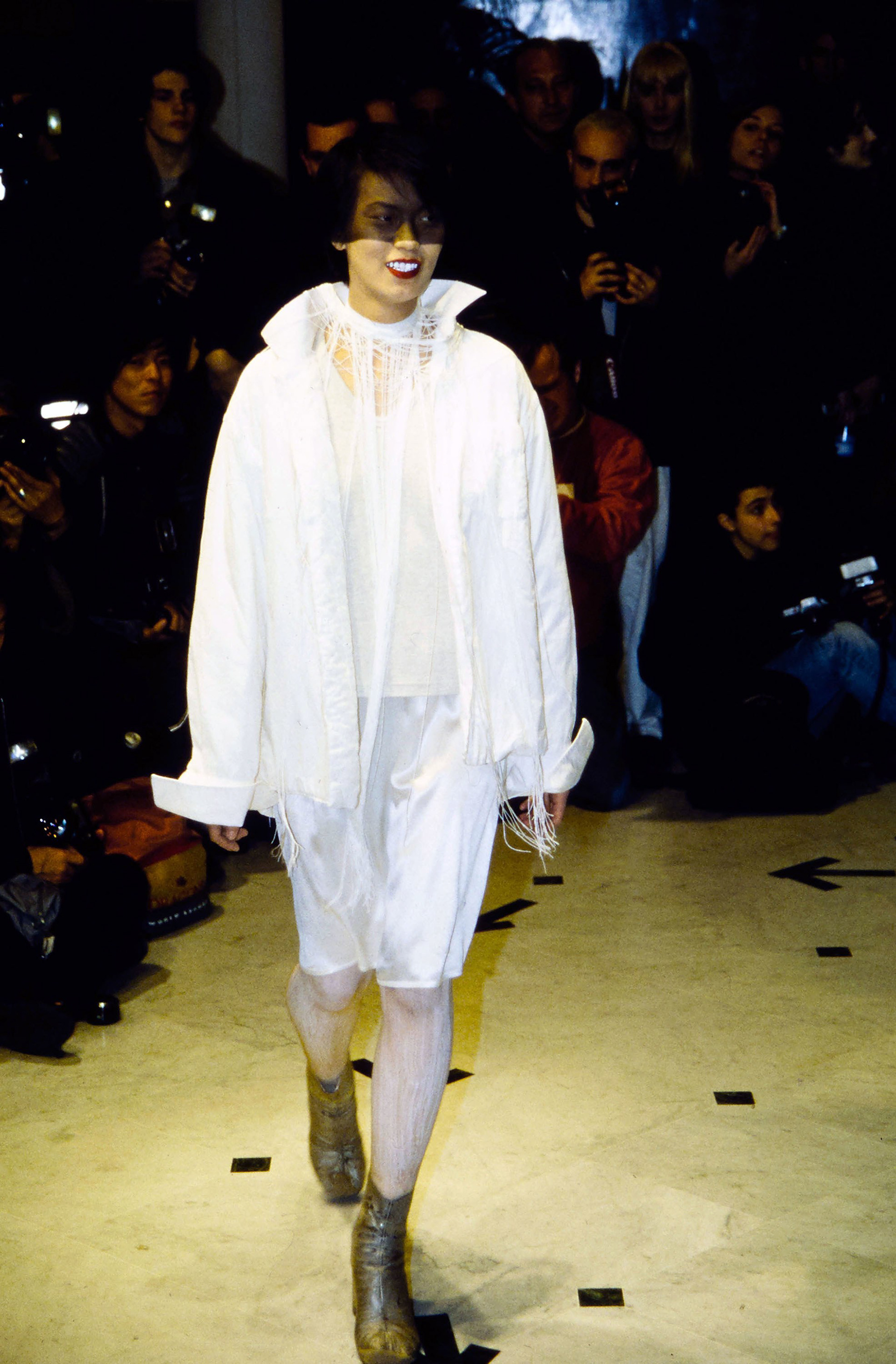
Spring 97 RTW
“ Margiela’s twin obsessions were dissection and reconstruction. His Spring ’97 collection introduced what would become a signature piece, a top that referenced the humble dress form on which it was made. ” source: VOGUE
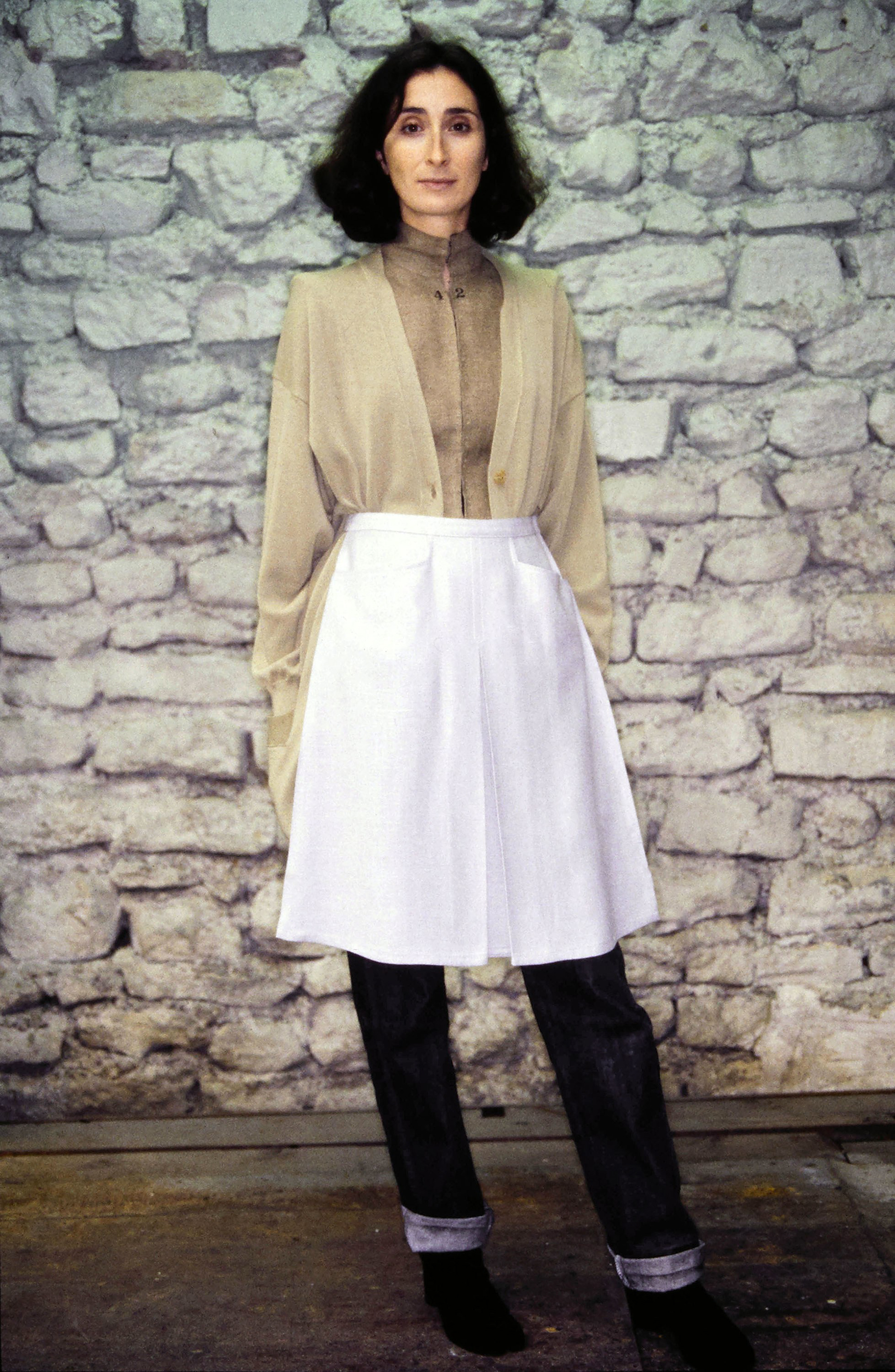

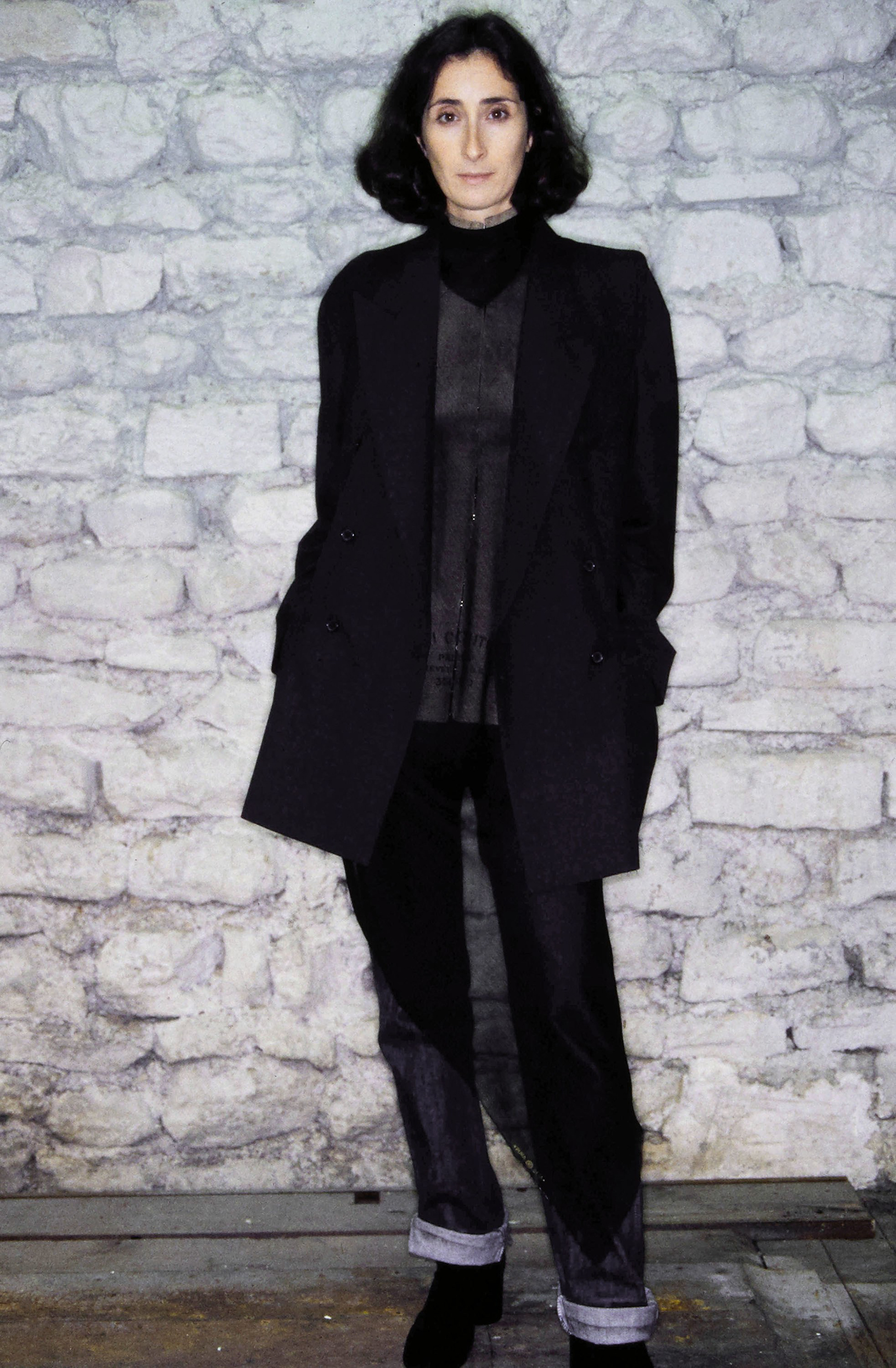


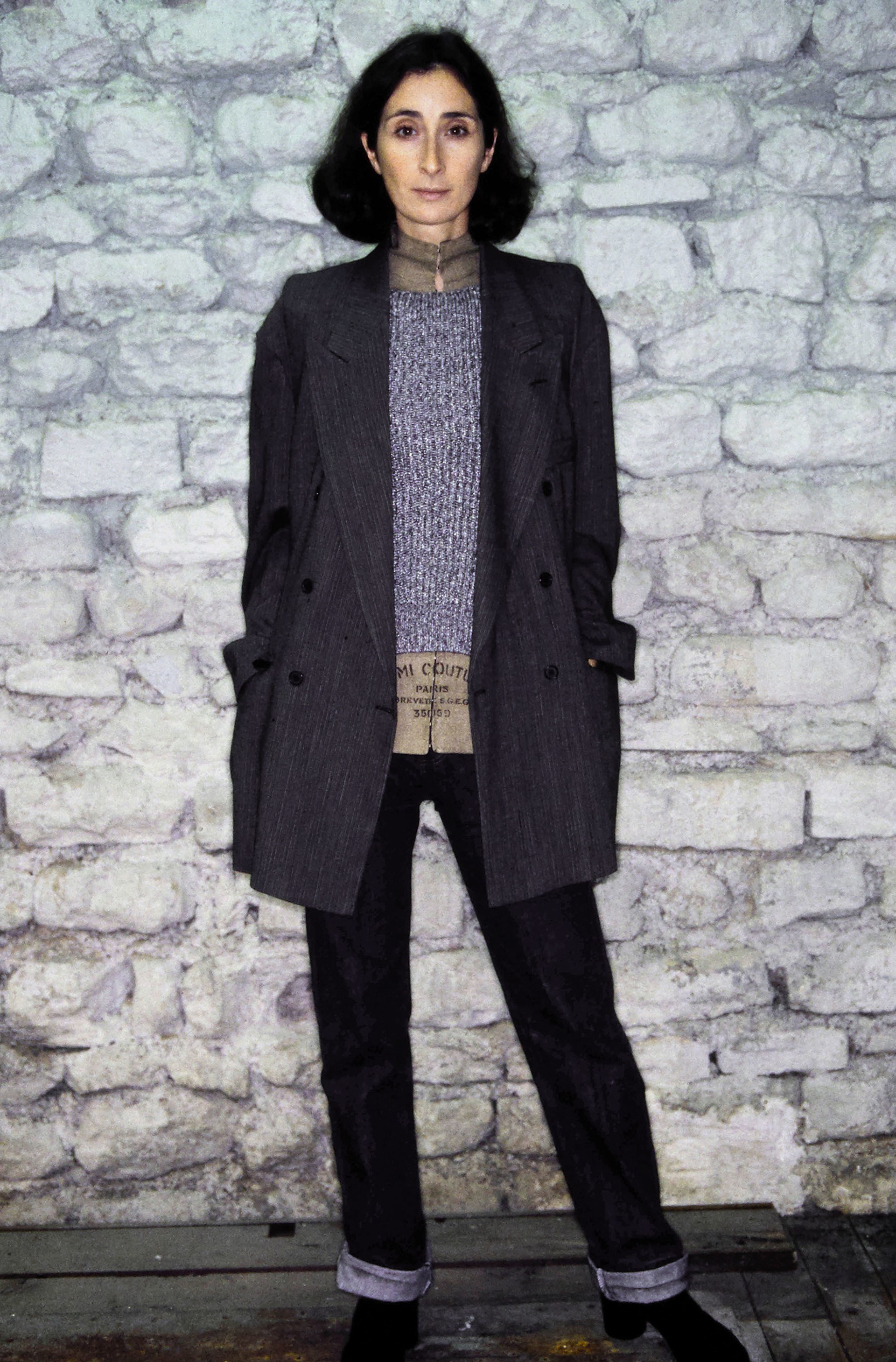
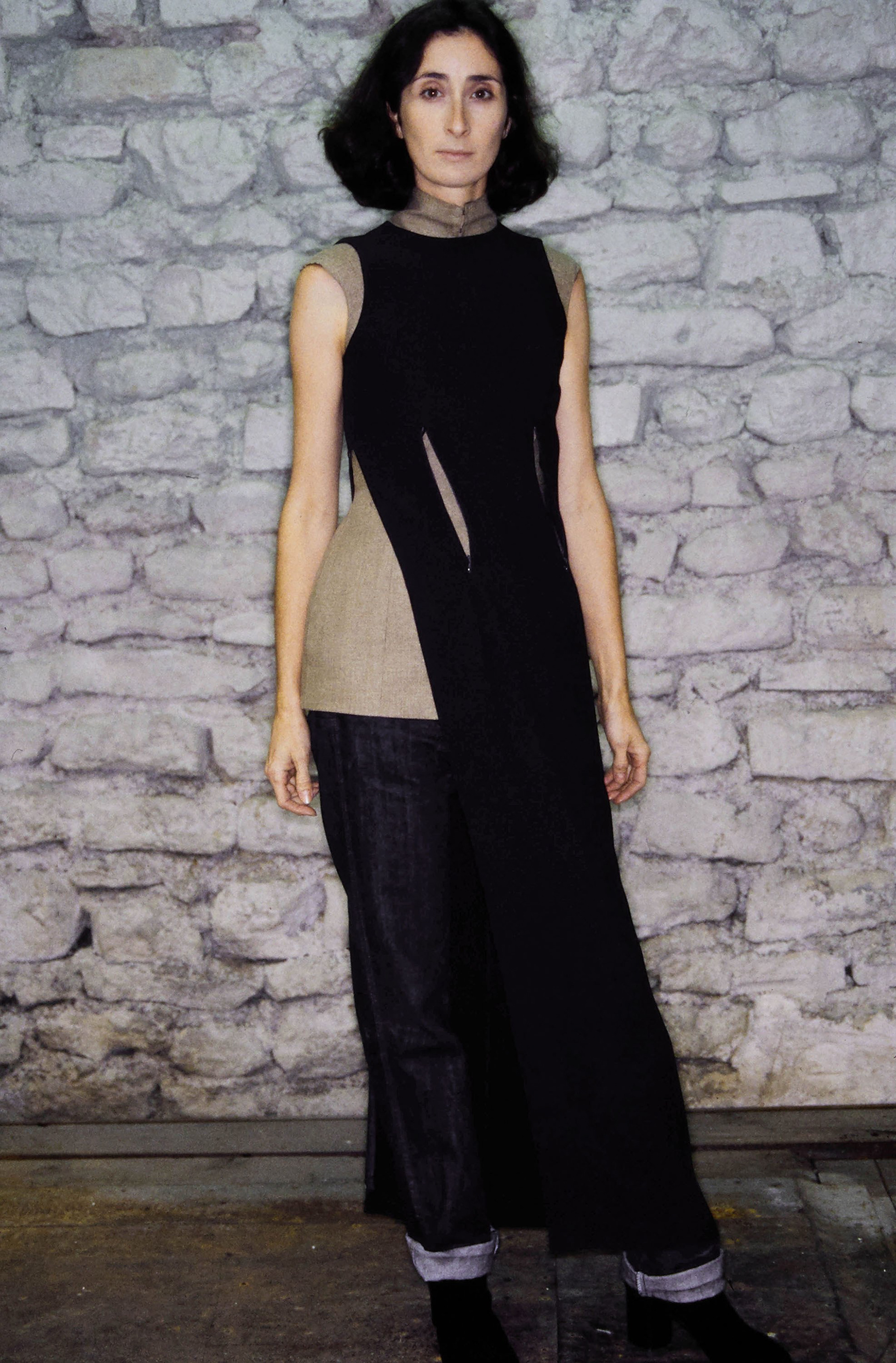
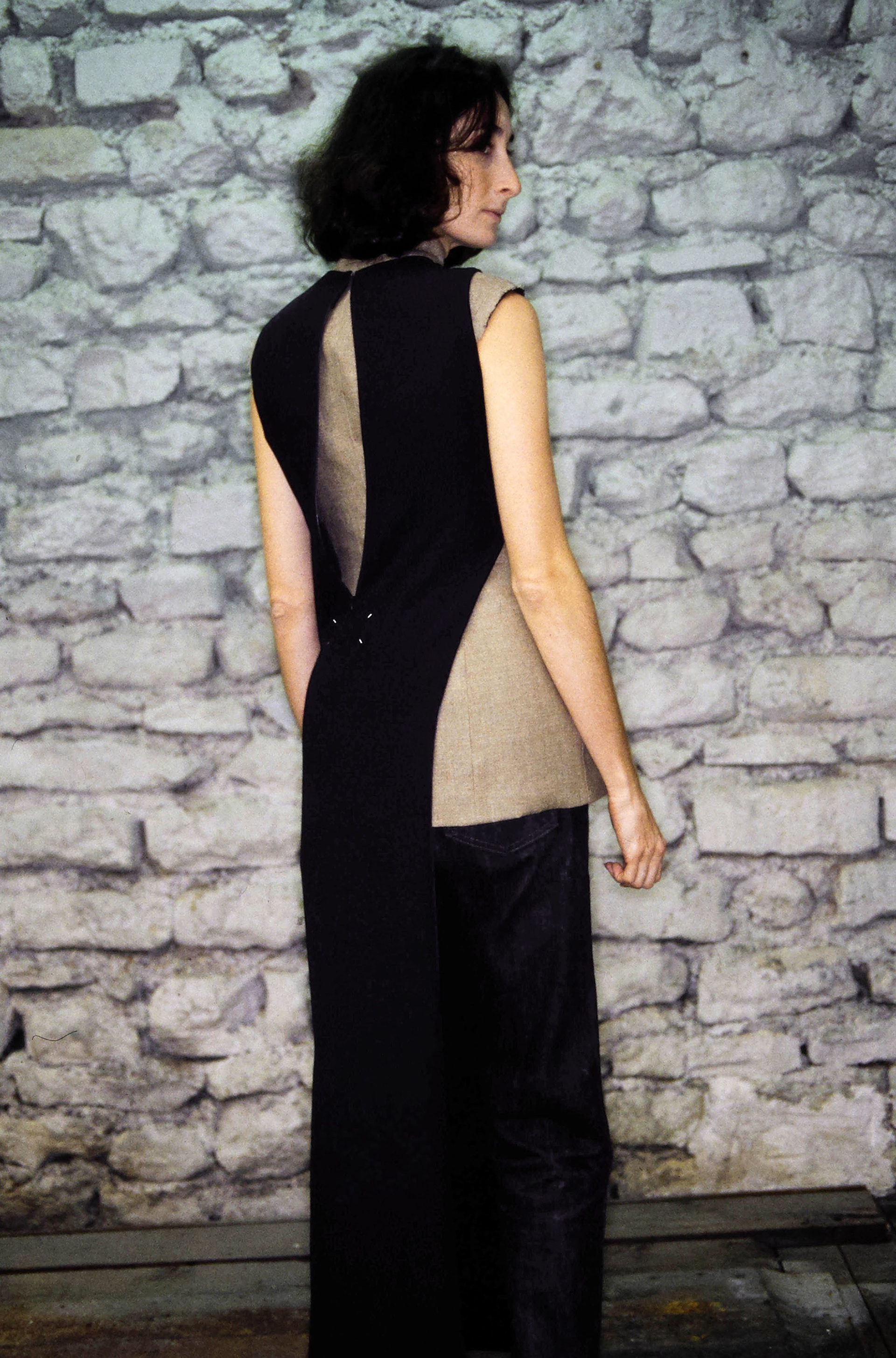

Fall 97 RTW
“ The collection featured new versions of the previous season’s dressmaker-form tops and even more explicit references to the materials and process of clothing construction. There were jackets made of pattern paper, visible basting stitches, and layered looks that were literally pinned together in parts. One-armed and asymmetric garments gave the impression they were half-finished. ” source: VOGUE

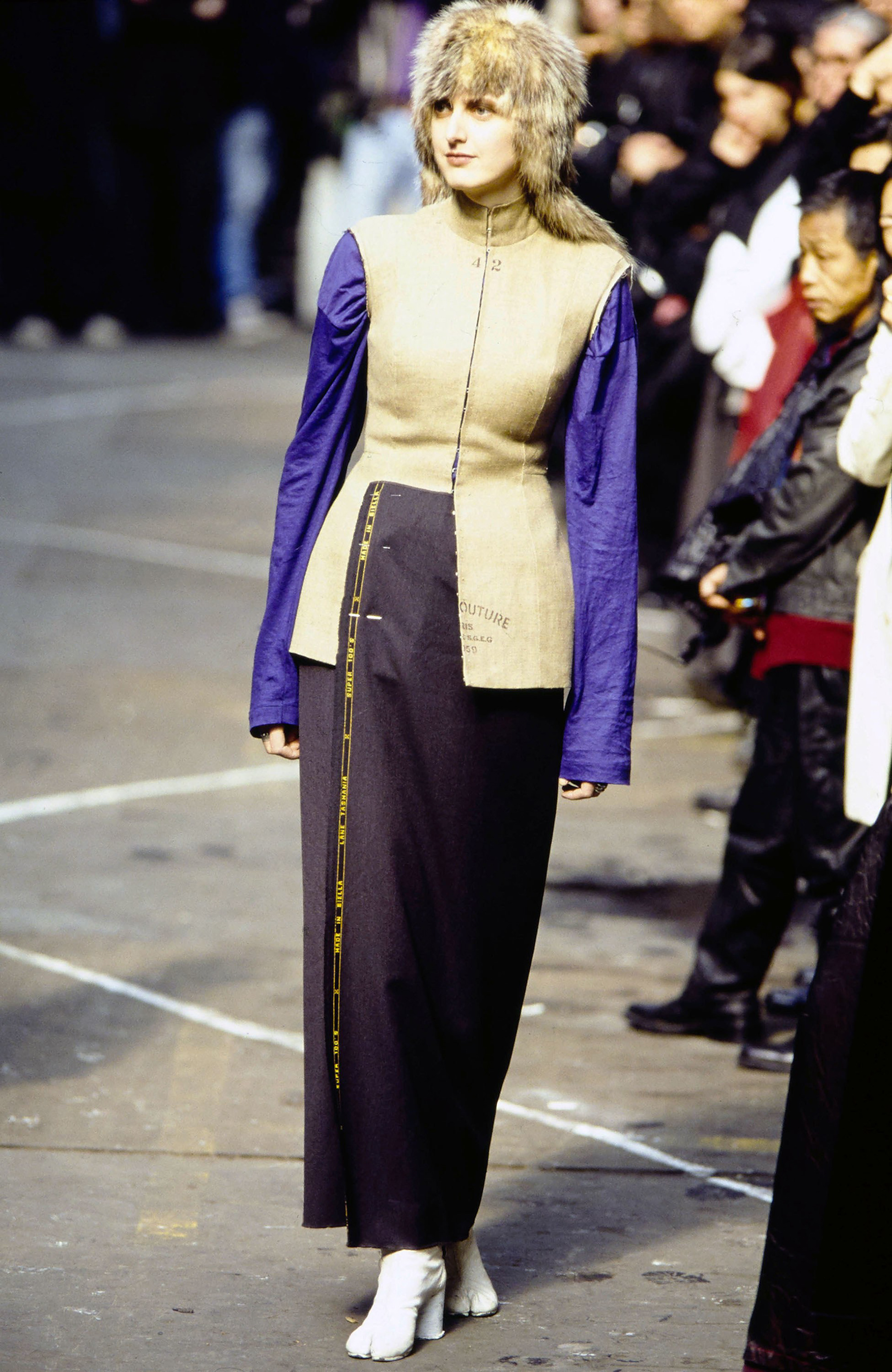
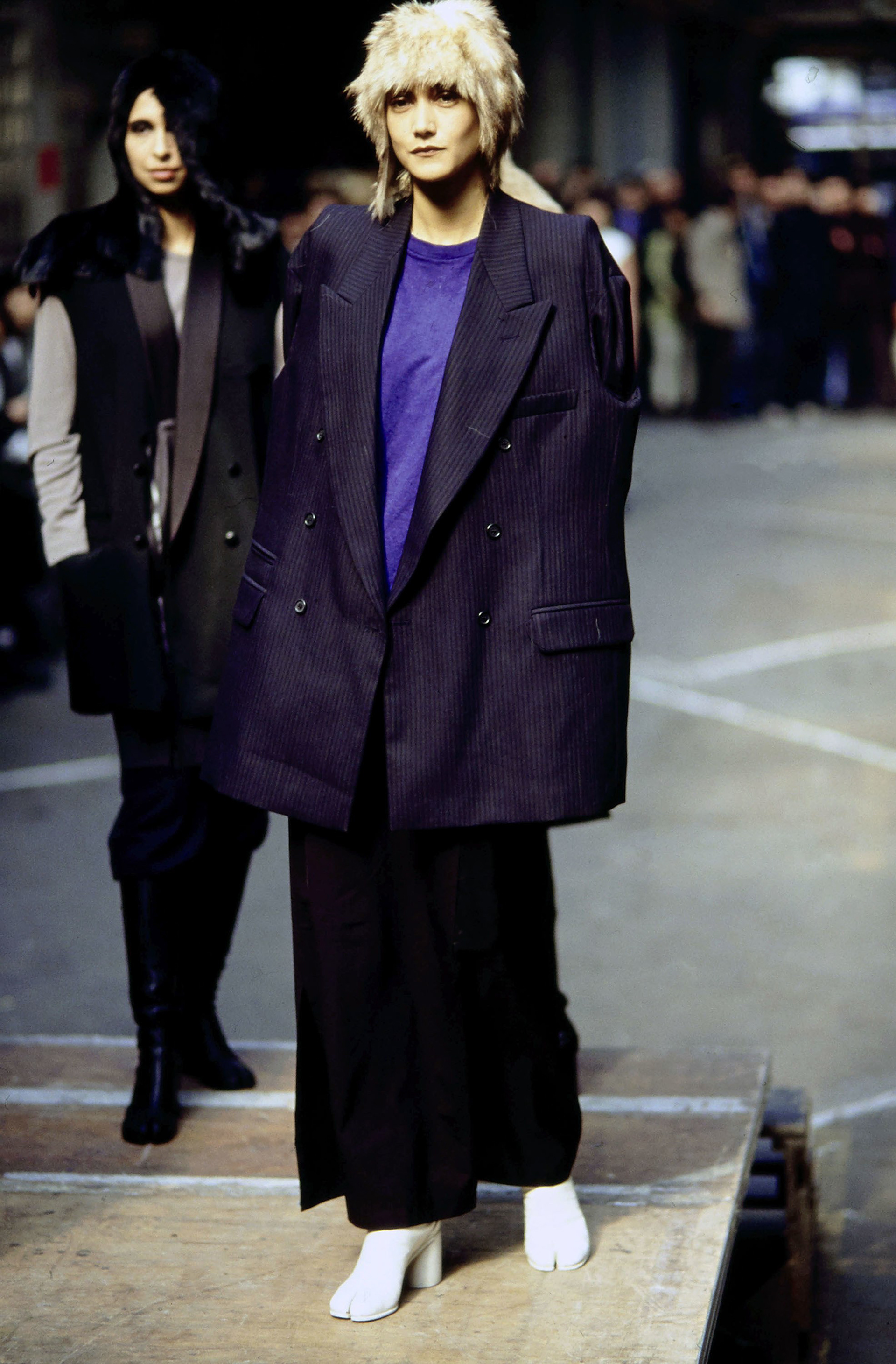
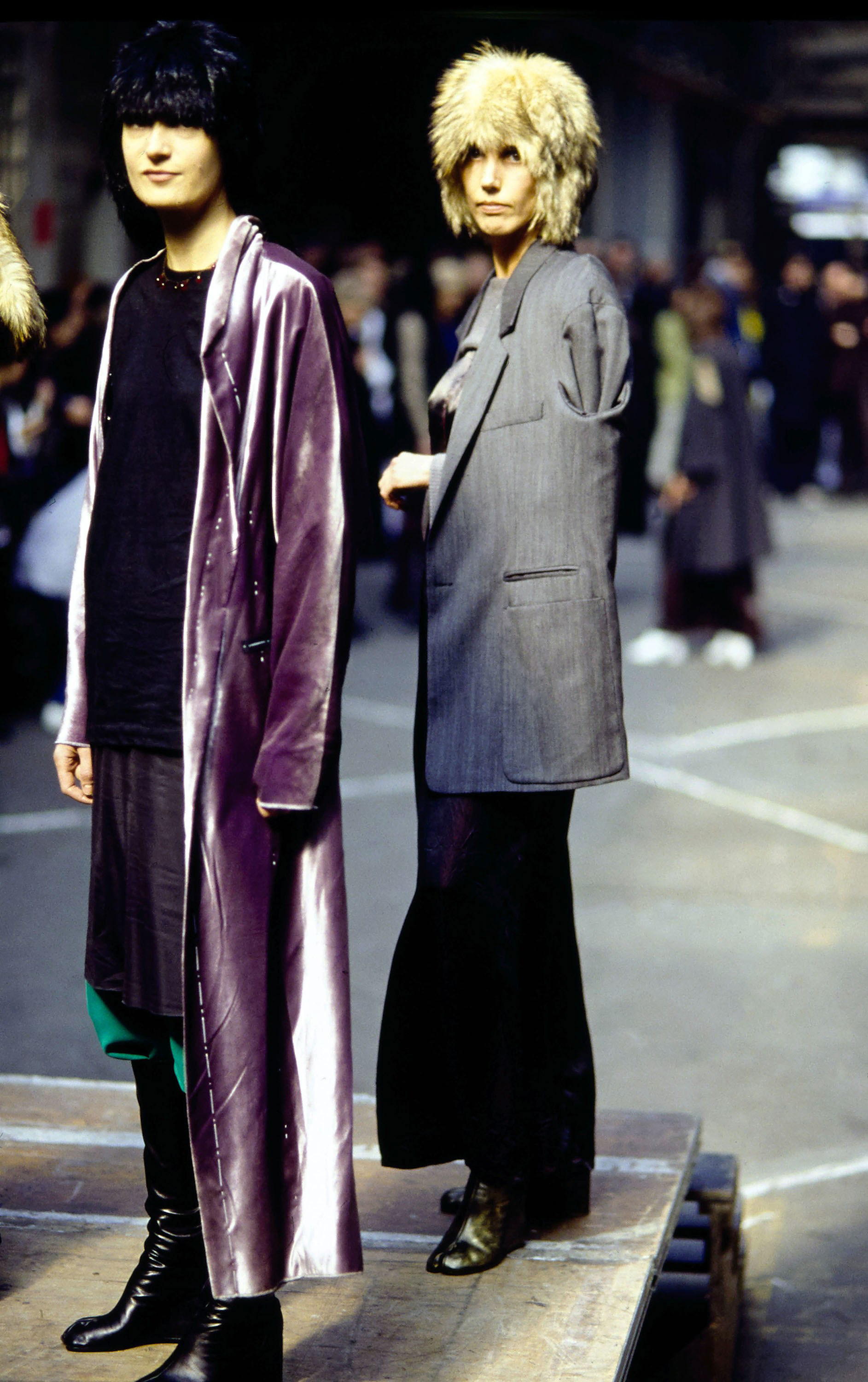

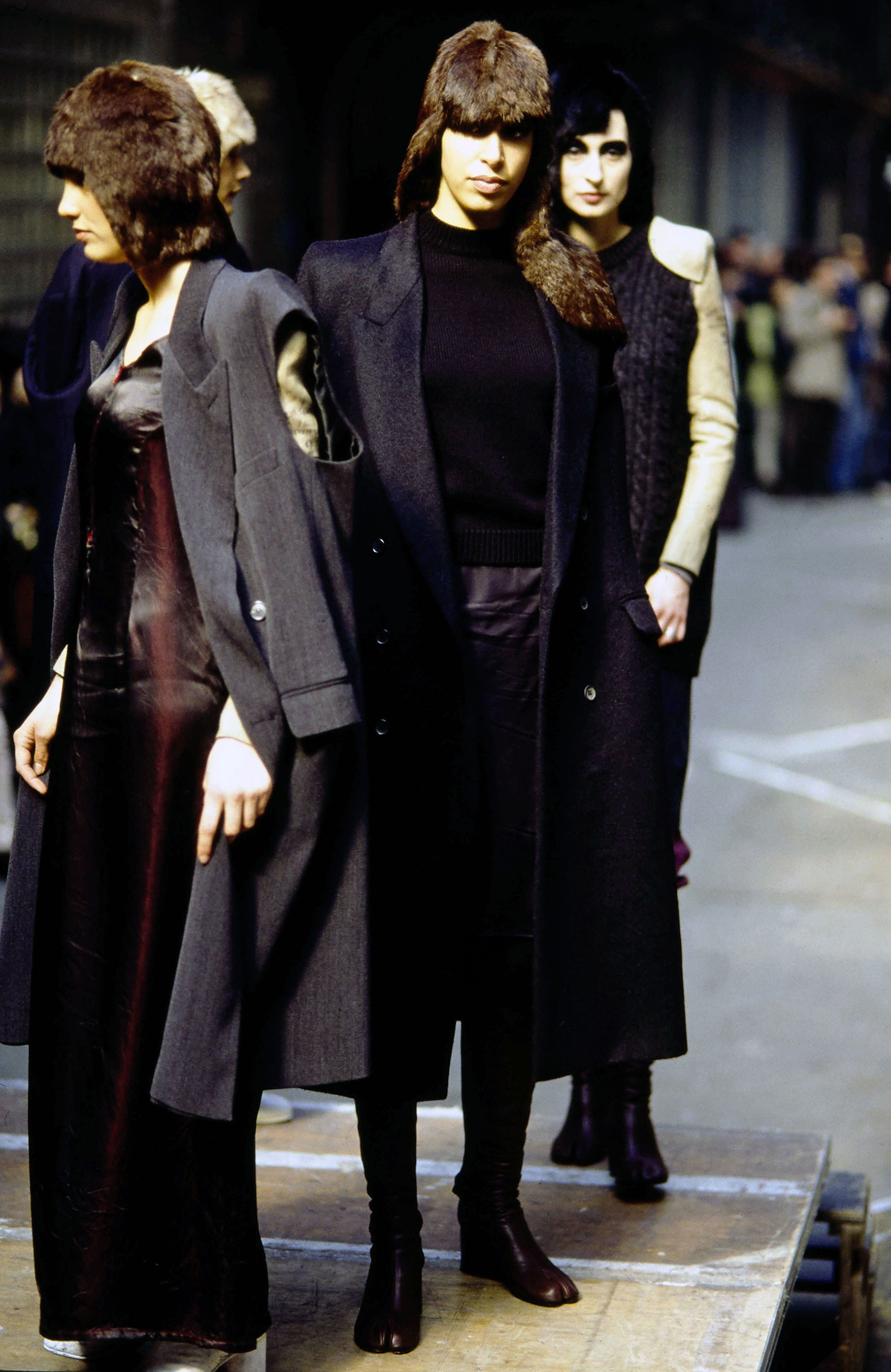
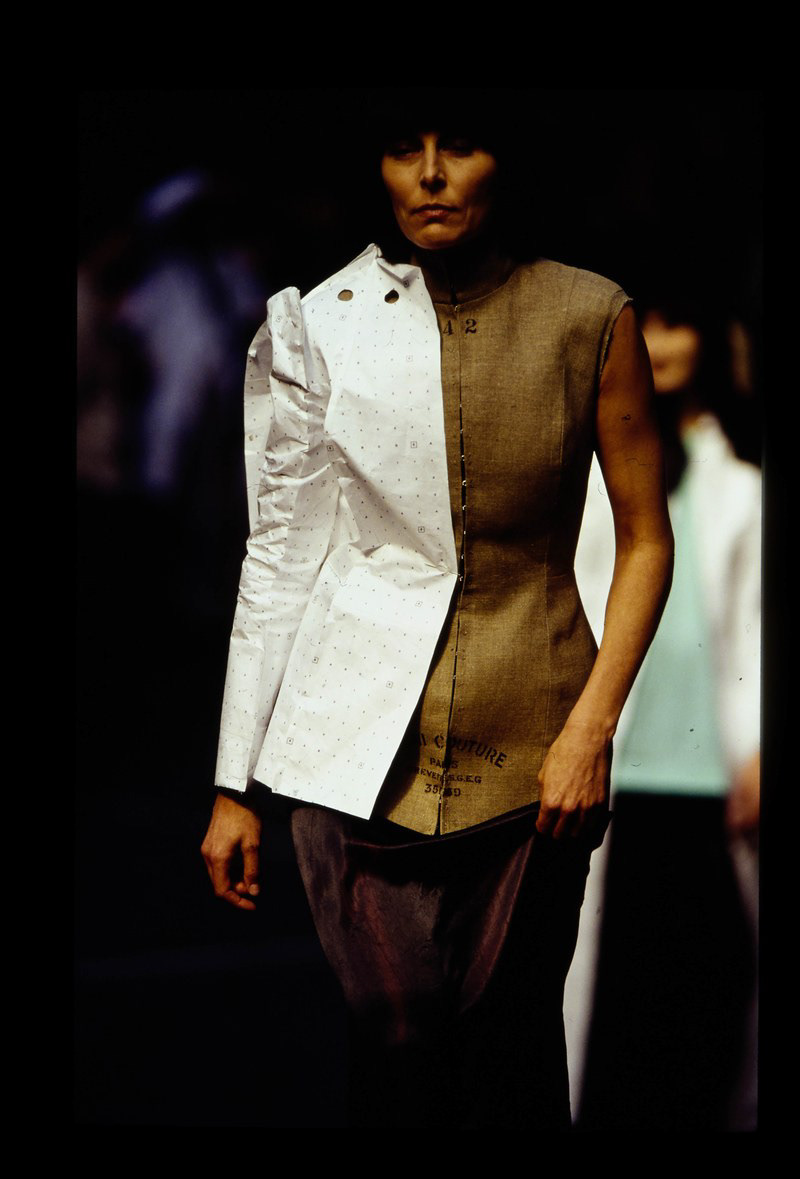

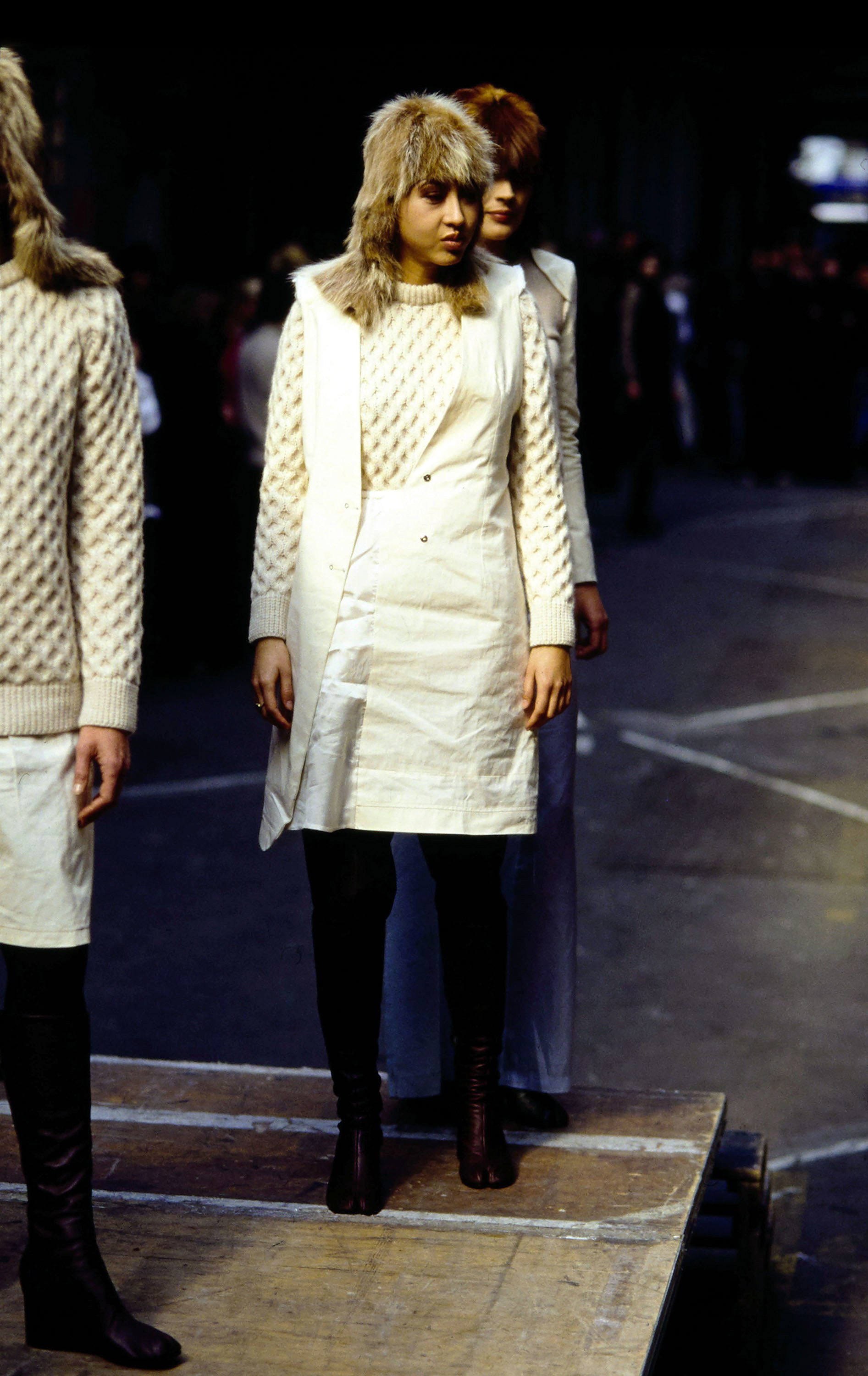
Spring 98 RTW
“When not worn these pieces are totally flat,” read the words at the back of a stage on which men in white lab coats presented clothing on hangers as if at an auction. A video showing the garments on models also played. In 1990, fascinated with proportions, Margiela had reproduced a doll’s wardrobe in adult sizes. The challenge for Spring ’98 involved geometry, specifically how to make two-dimensional garments that would lie perfectly flat when not on a three-dimensional body” source: VOGUE
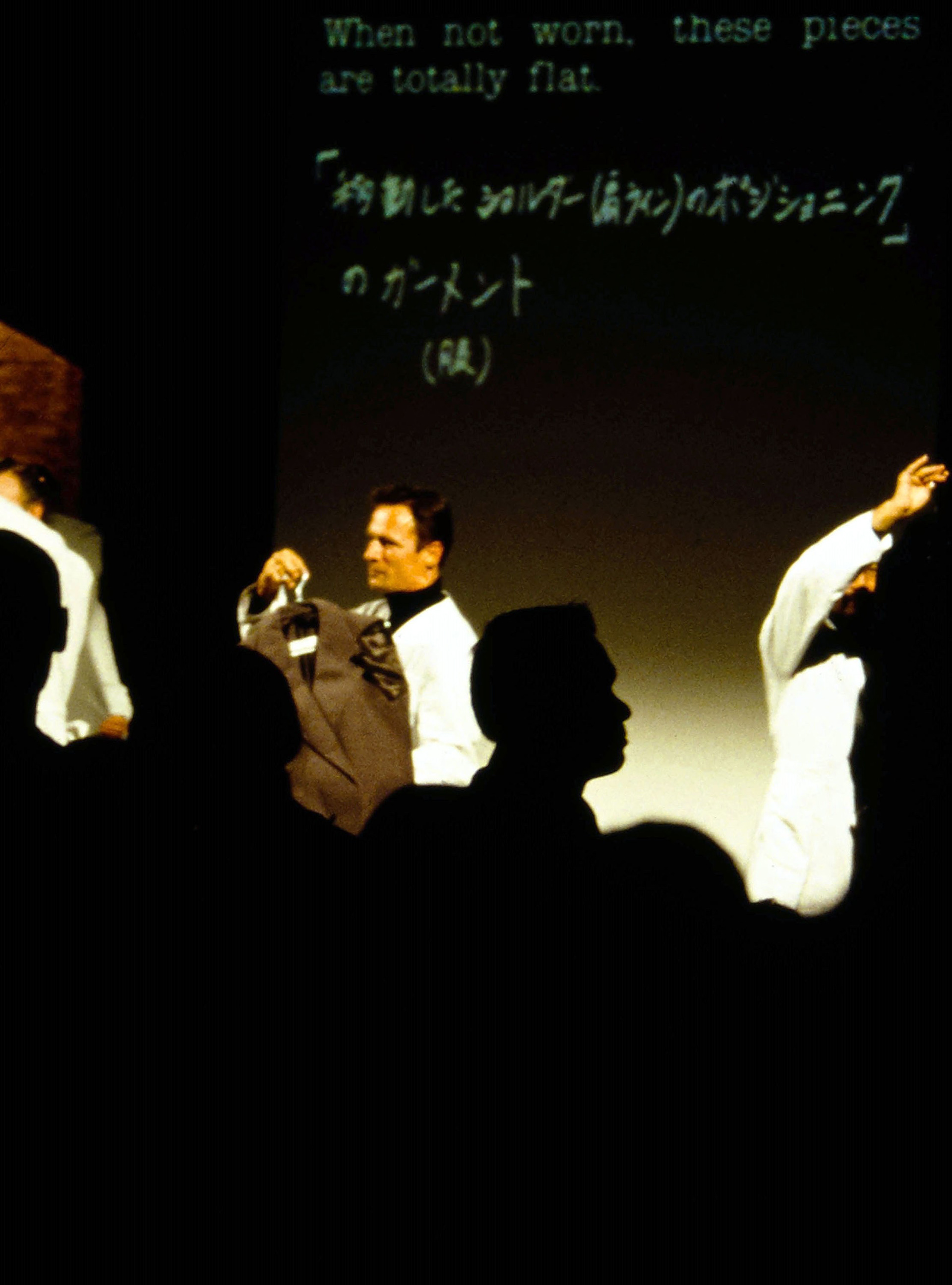
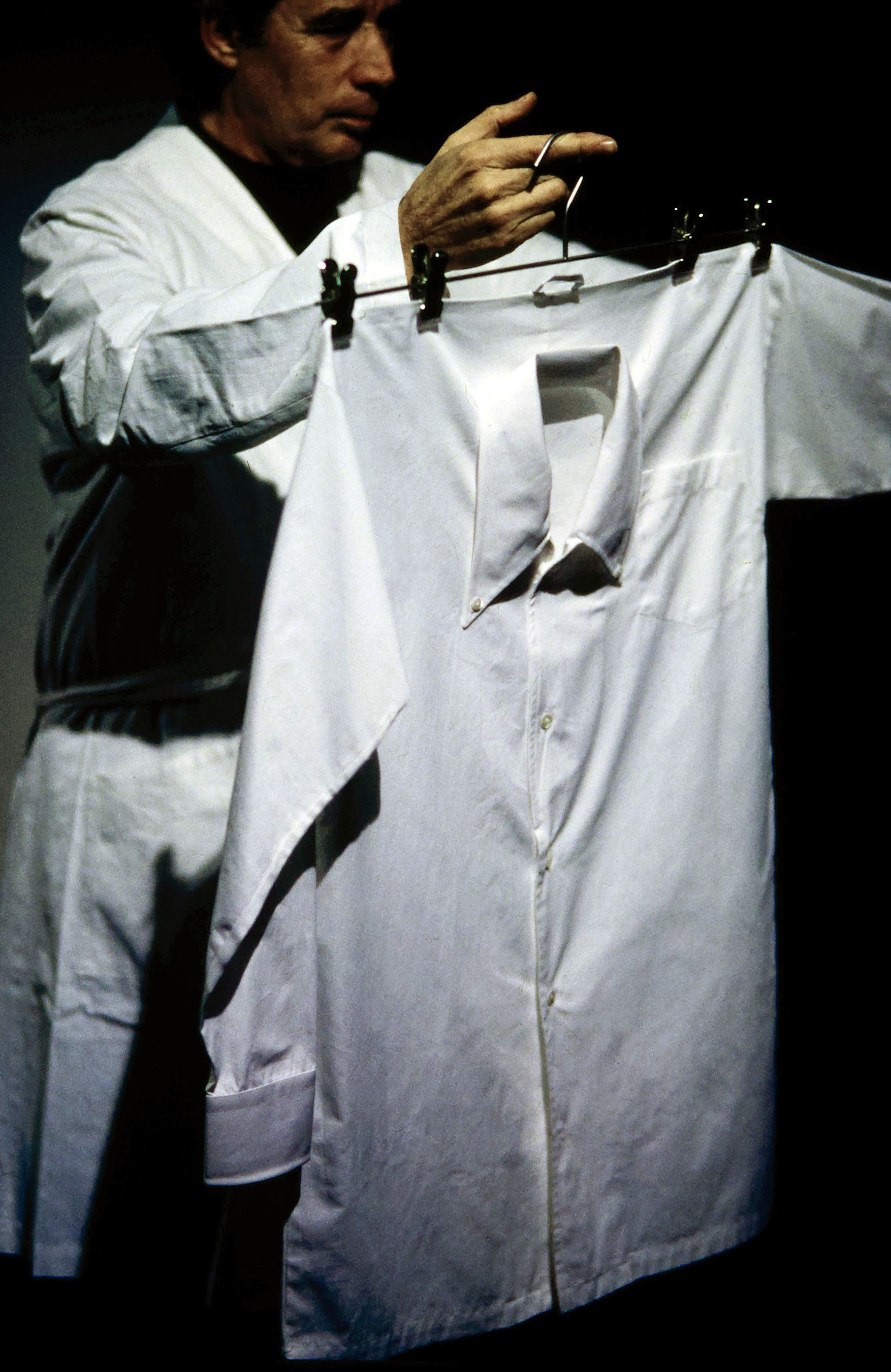
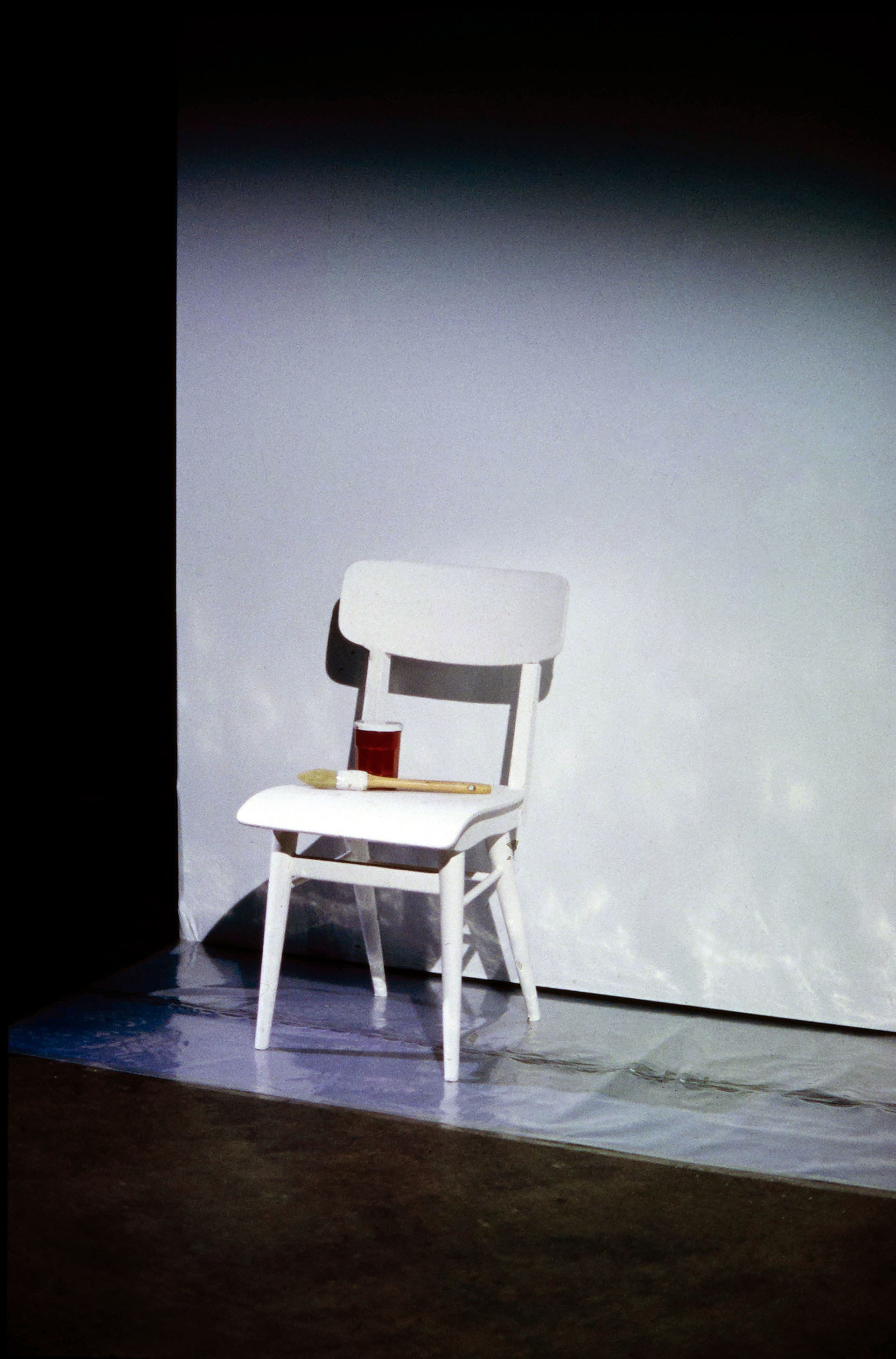
Fall 98 RTW
skipped as i don't understand
Spring '99 RTW
"Ten years after Margiela launched his label, his Spring '99 show was a greatest hits collection, of sorts." source: VOGUE
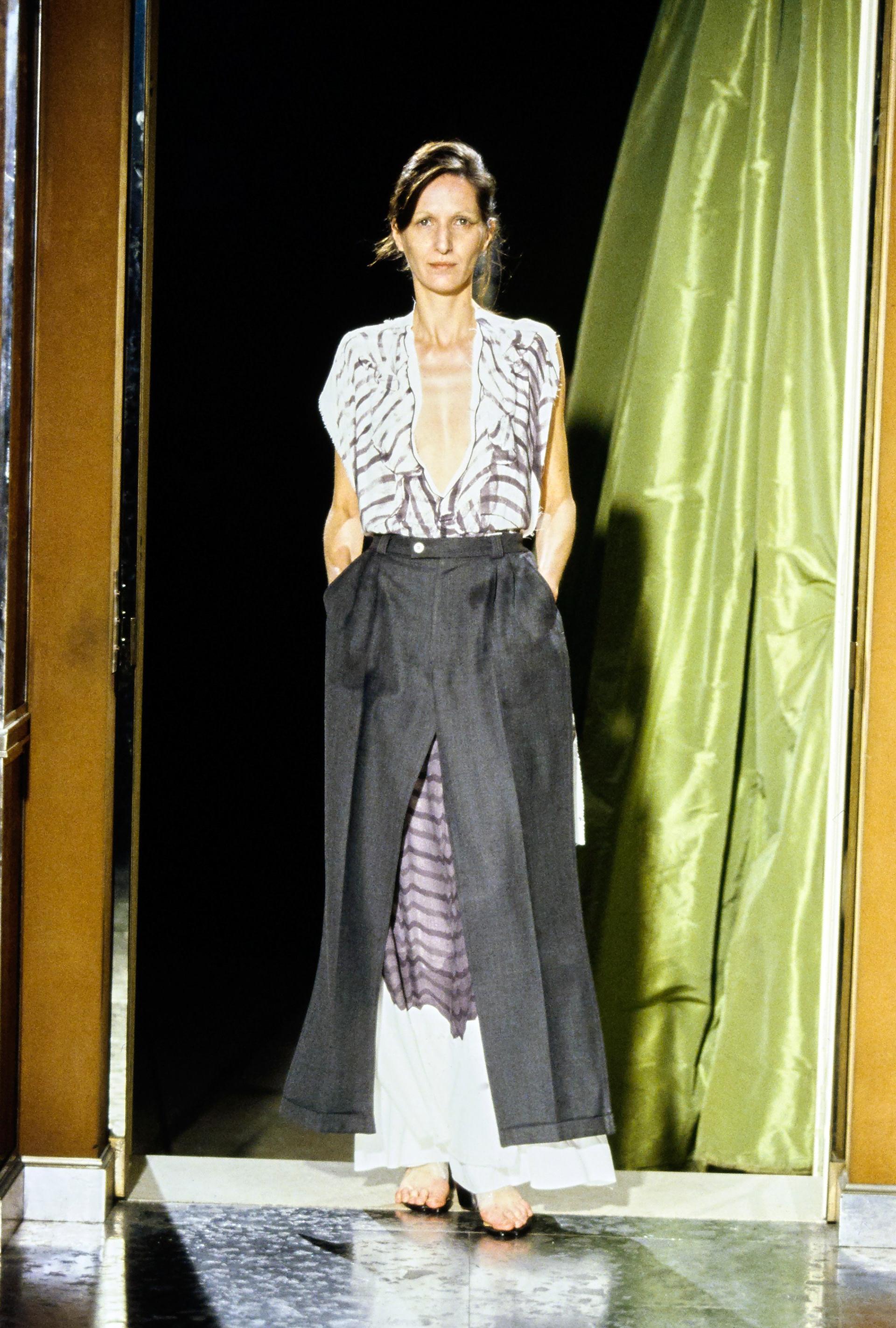
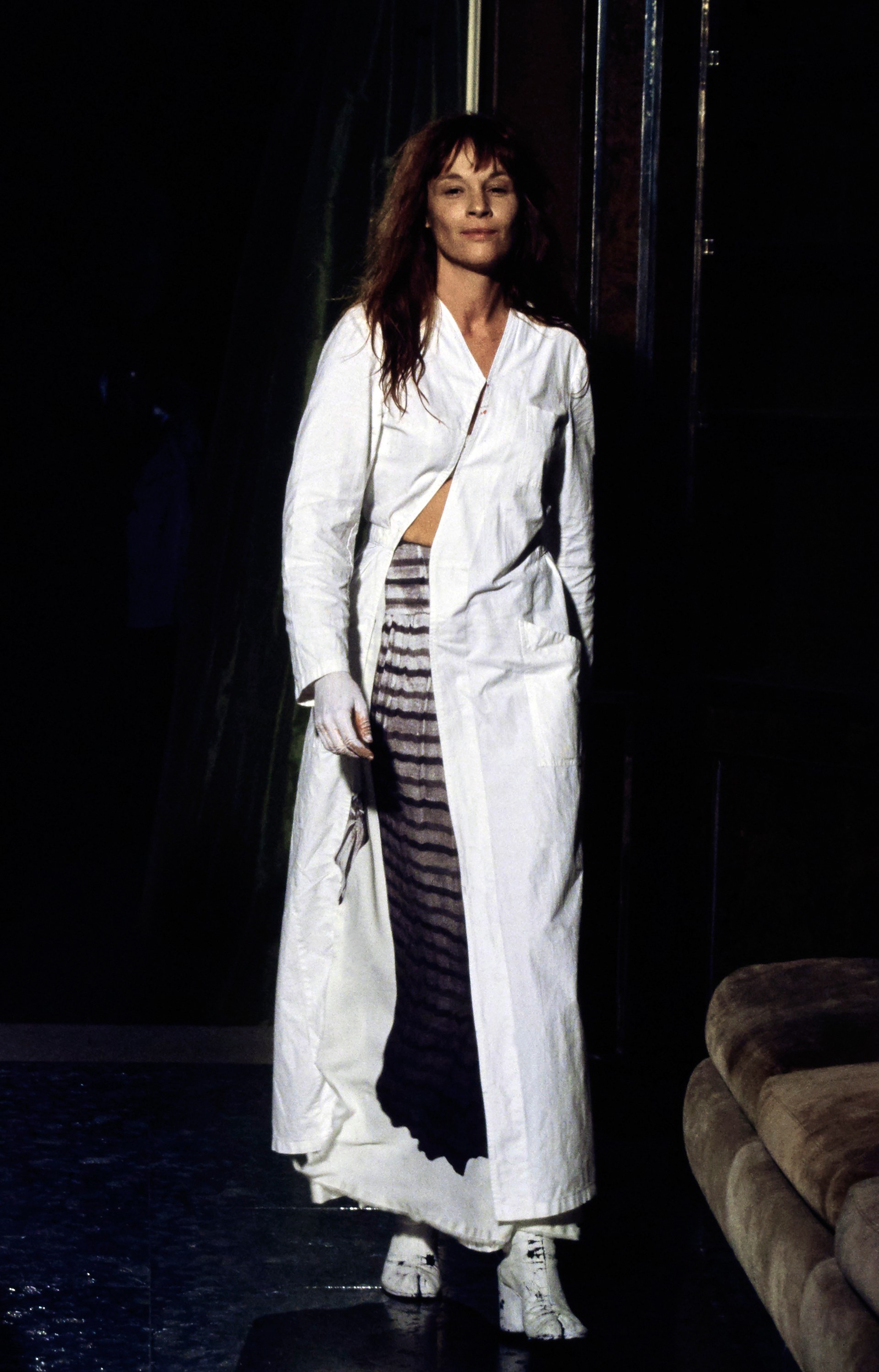
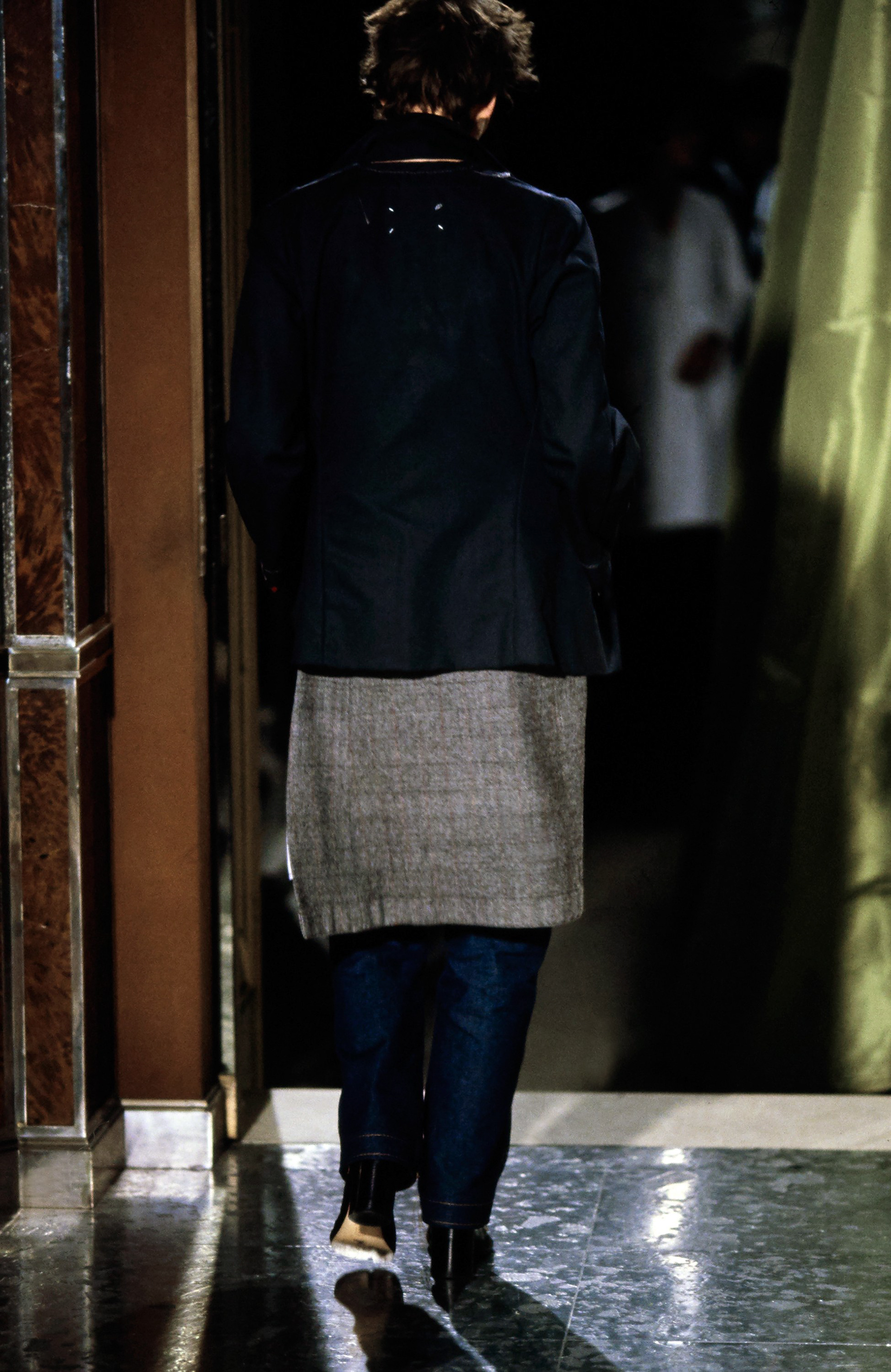
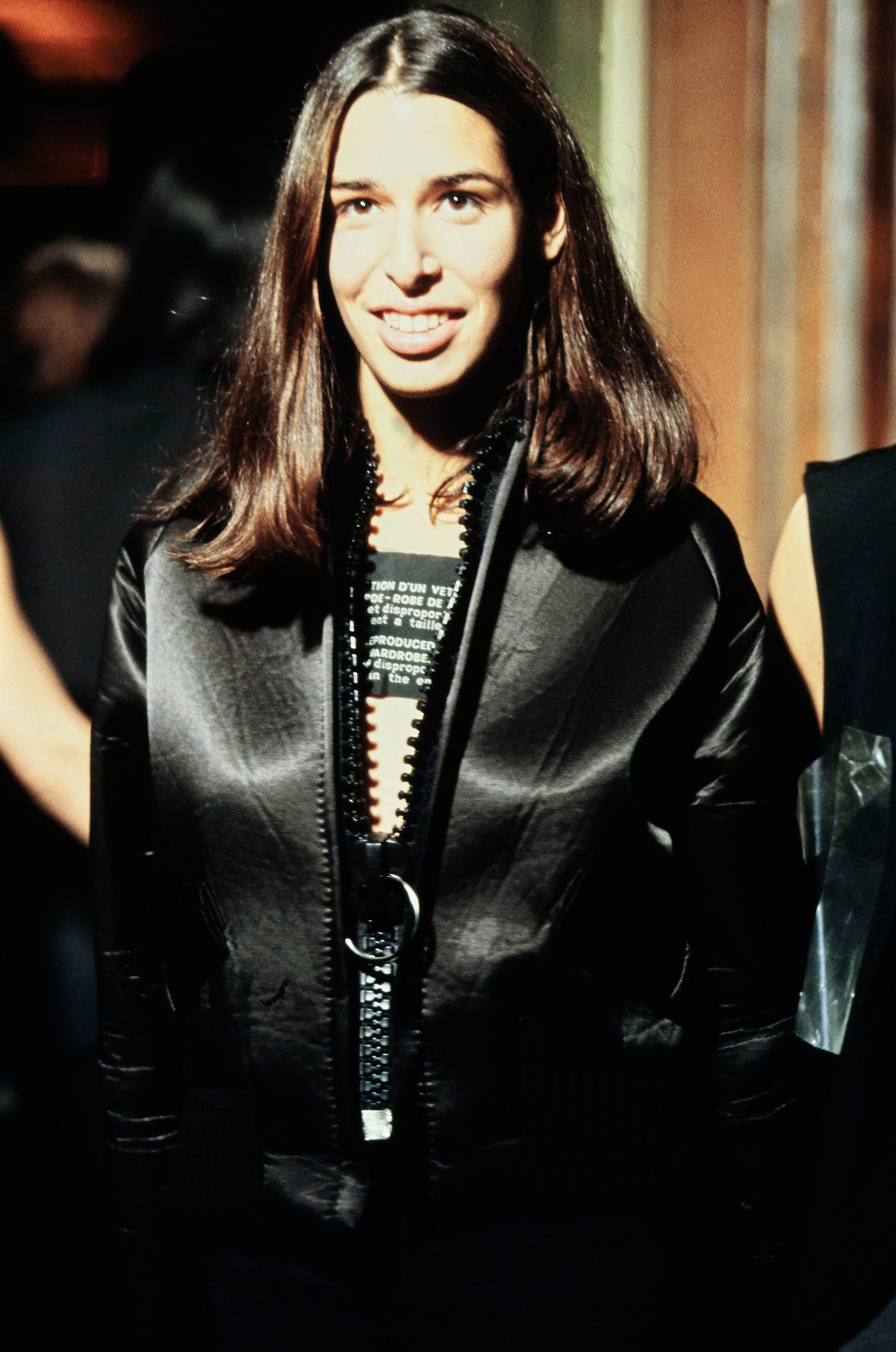
Spring '00 RTW
"This was the first of a pair of shows focused on overblown proportions applied to wardrobe staples like trench coats, men’s shirts, bombers, and slip dresses..."
"The collection was served up not on a runway but on round tabletops in a room that looked set up for a Rotarian dinner.” source: VOGUE
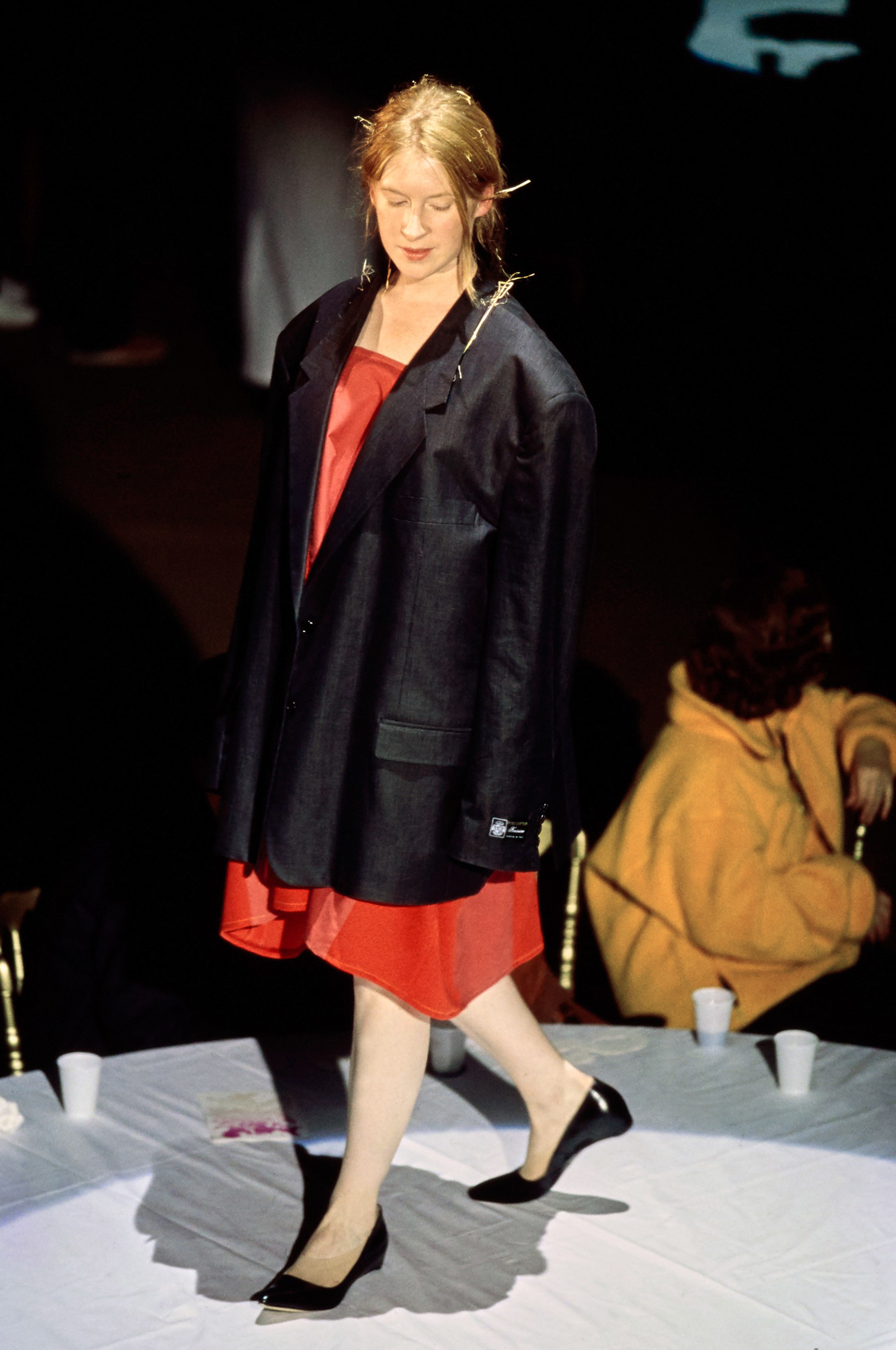
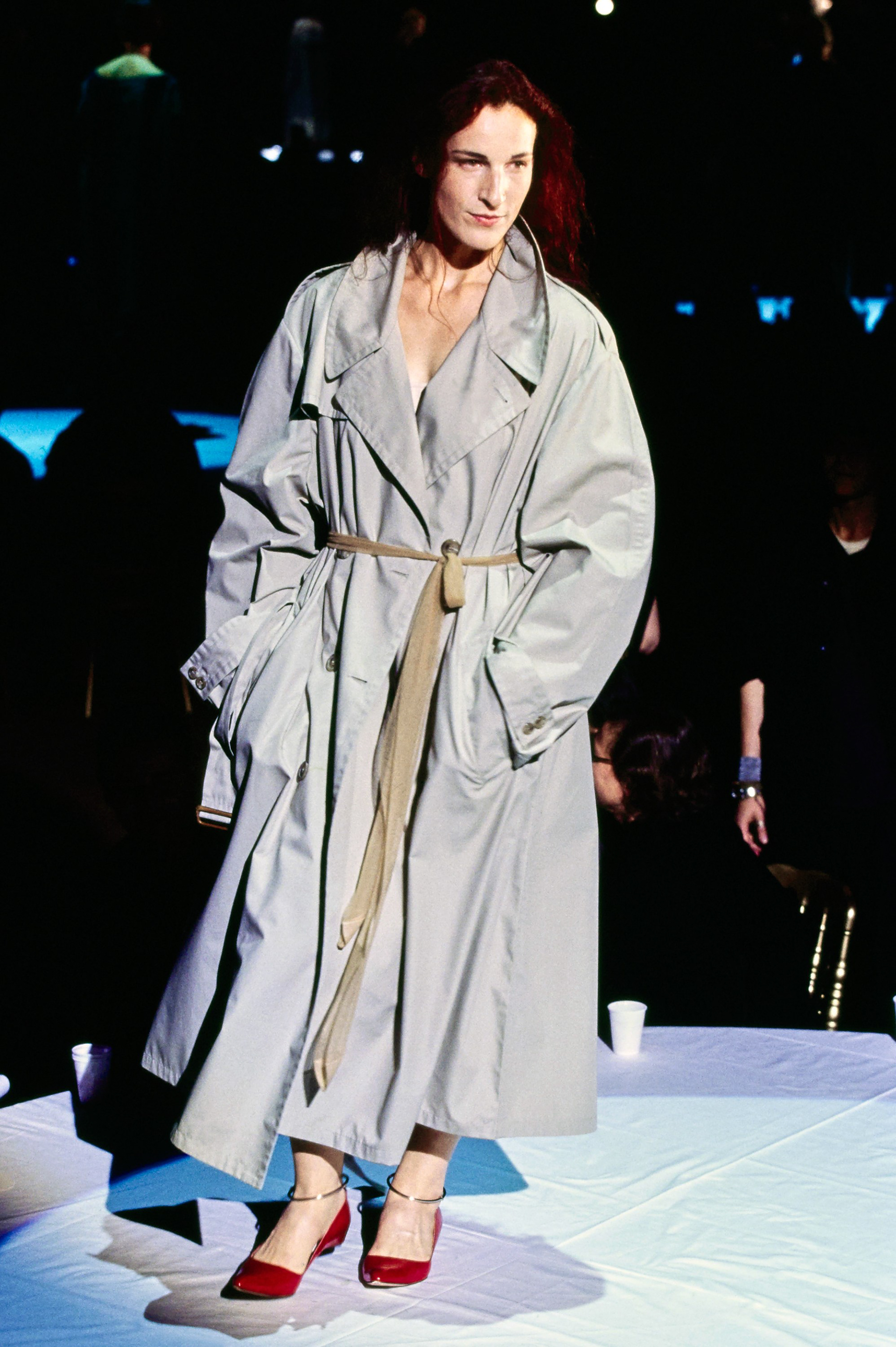

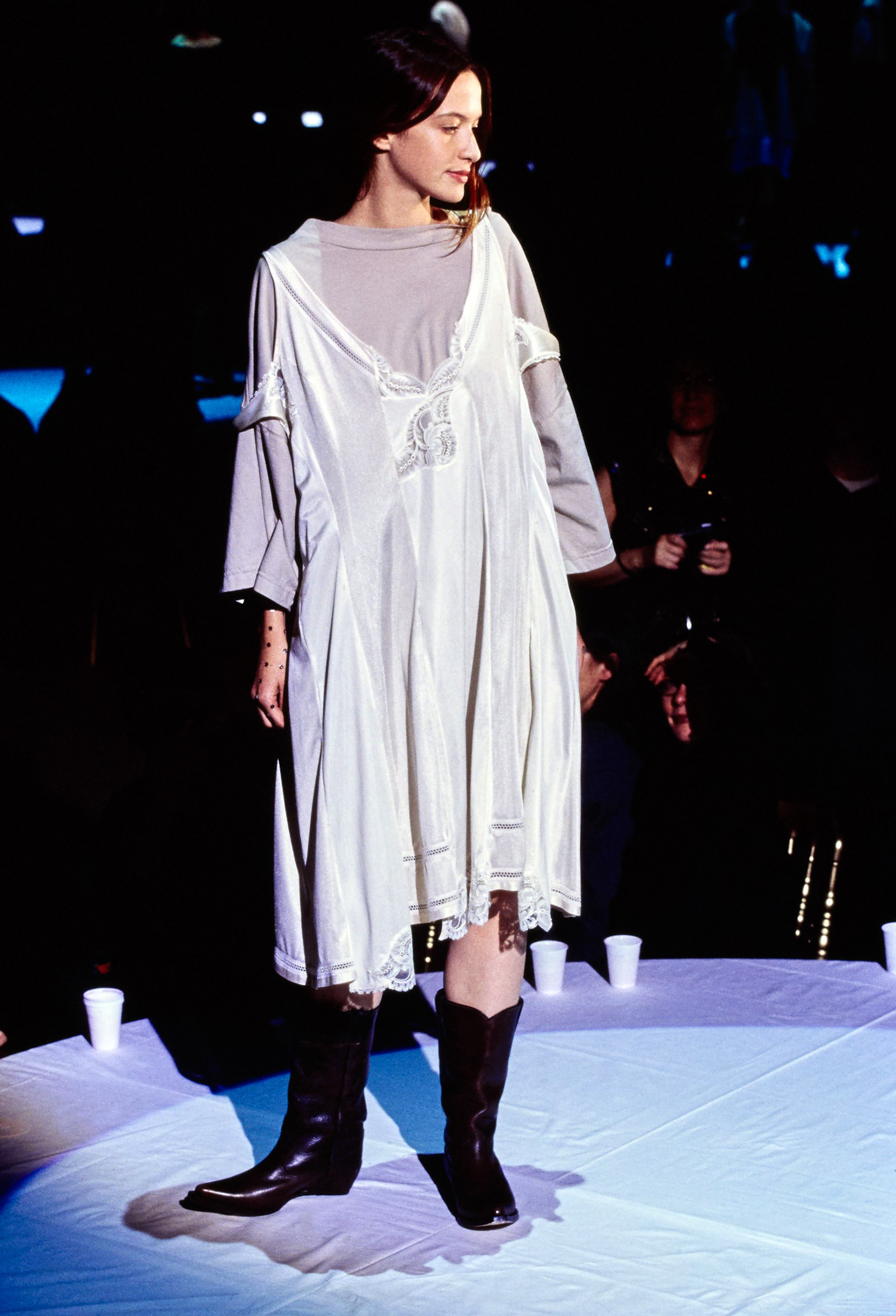
Fall '00 RTW
“La mode du XXL” source: VOGUE
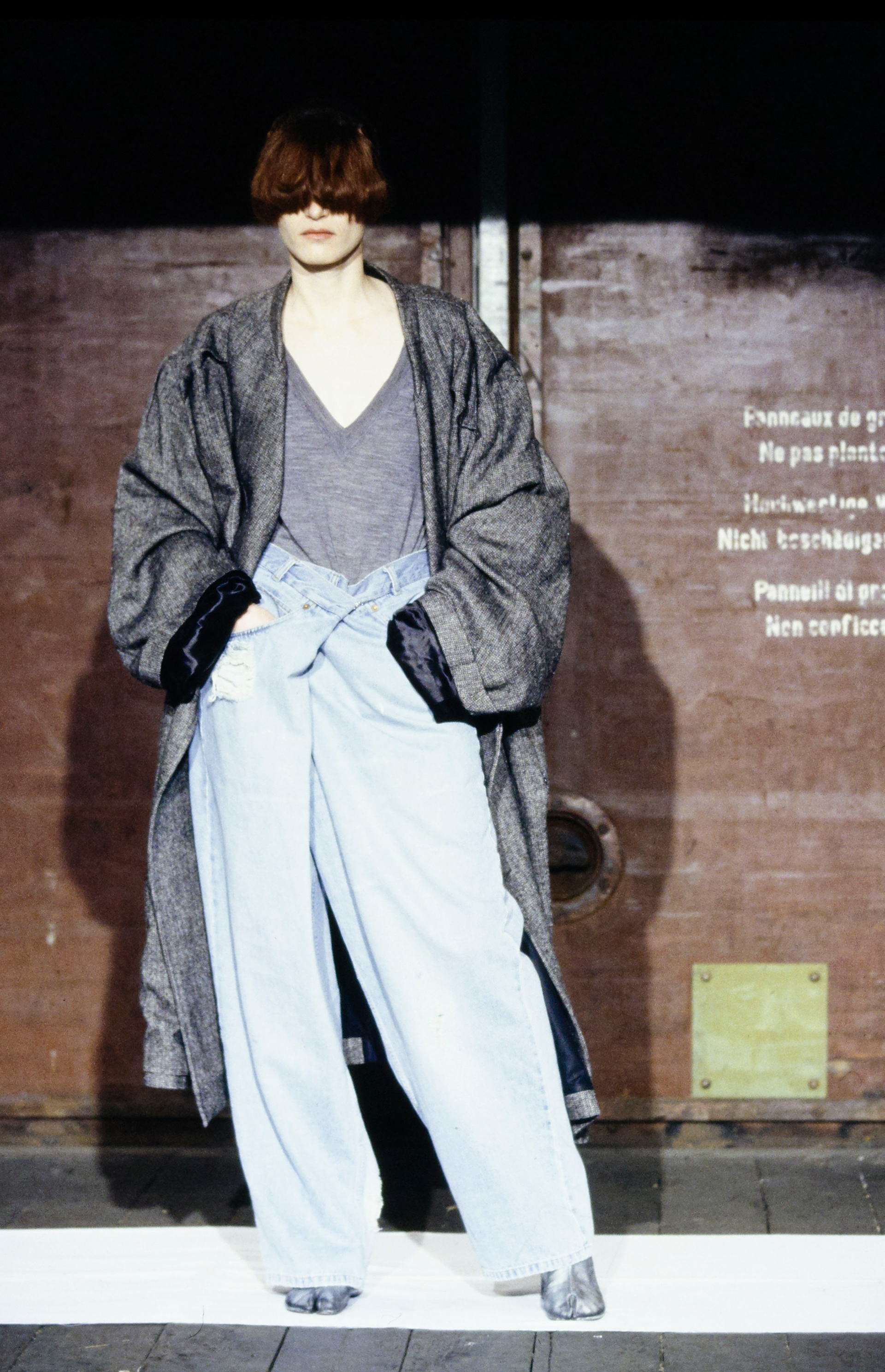

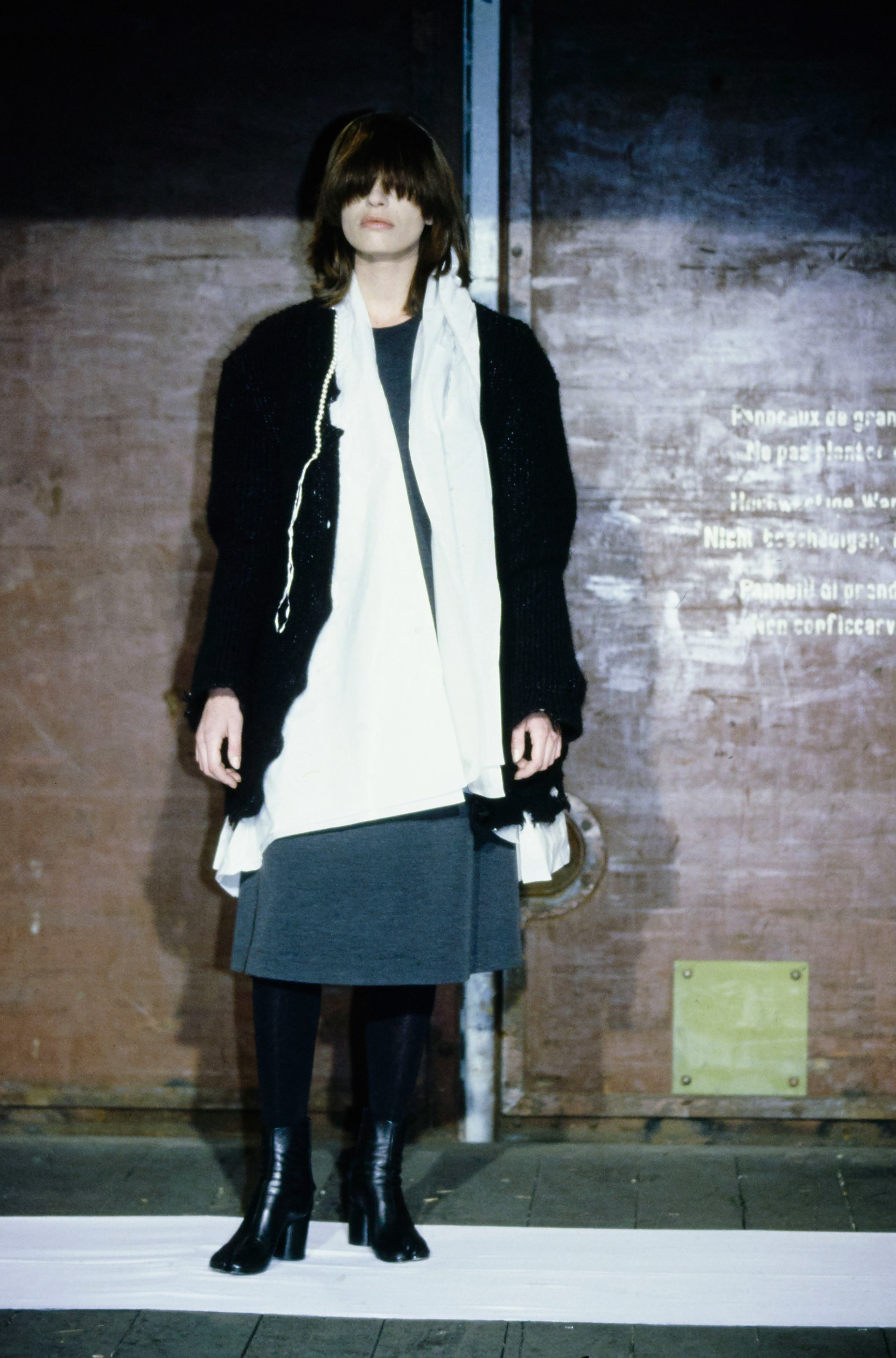
Spring '01 RTW
"Margiela once turned socks into a sweater and gloves into a purse. For Spring ’01, he went with gloves again, this time turning them into a witty vest." source: VOGUE
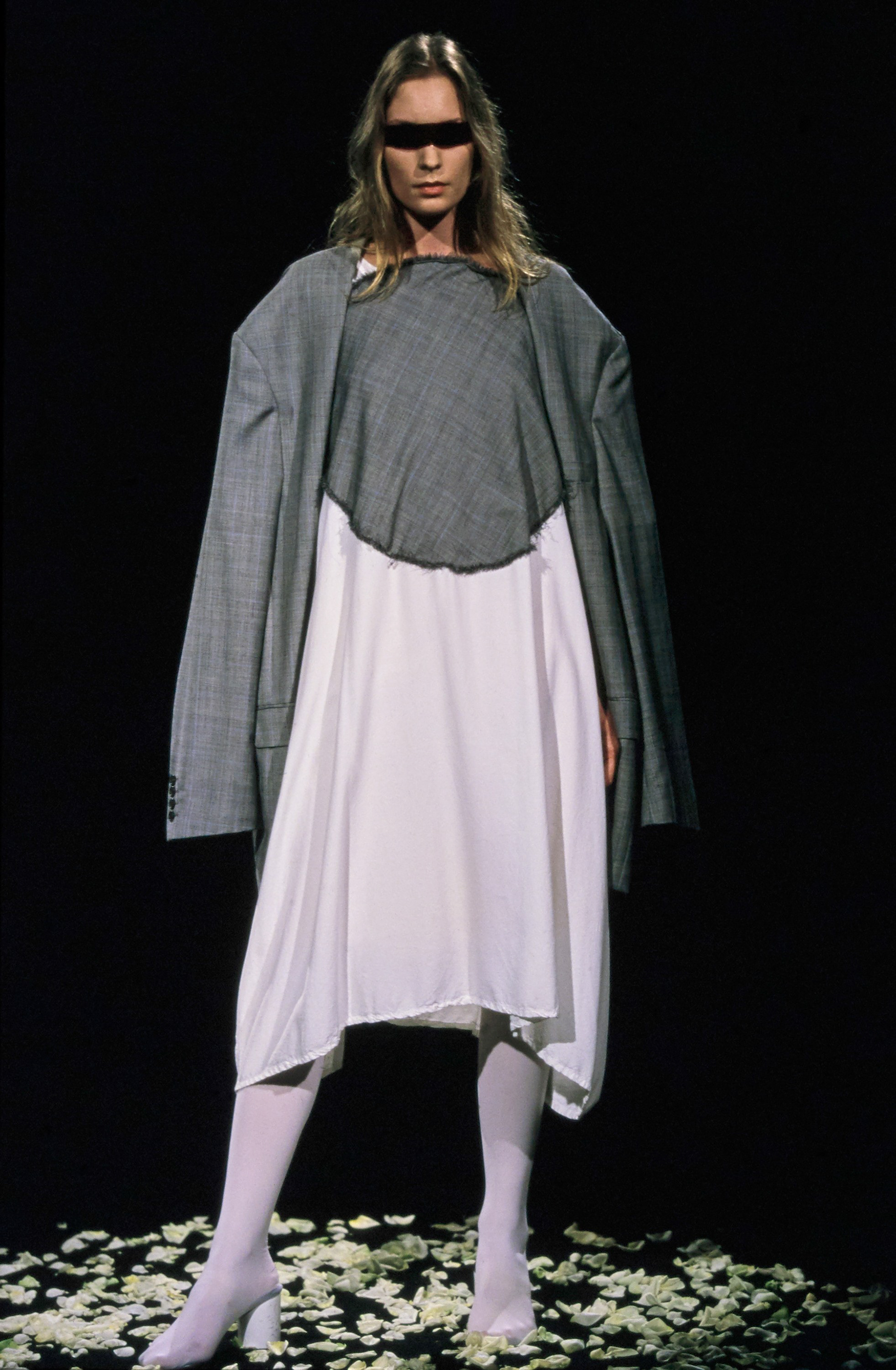
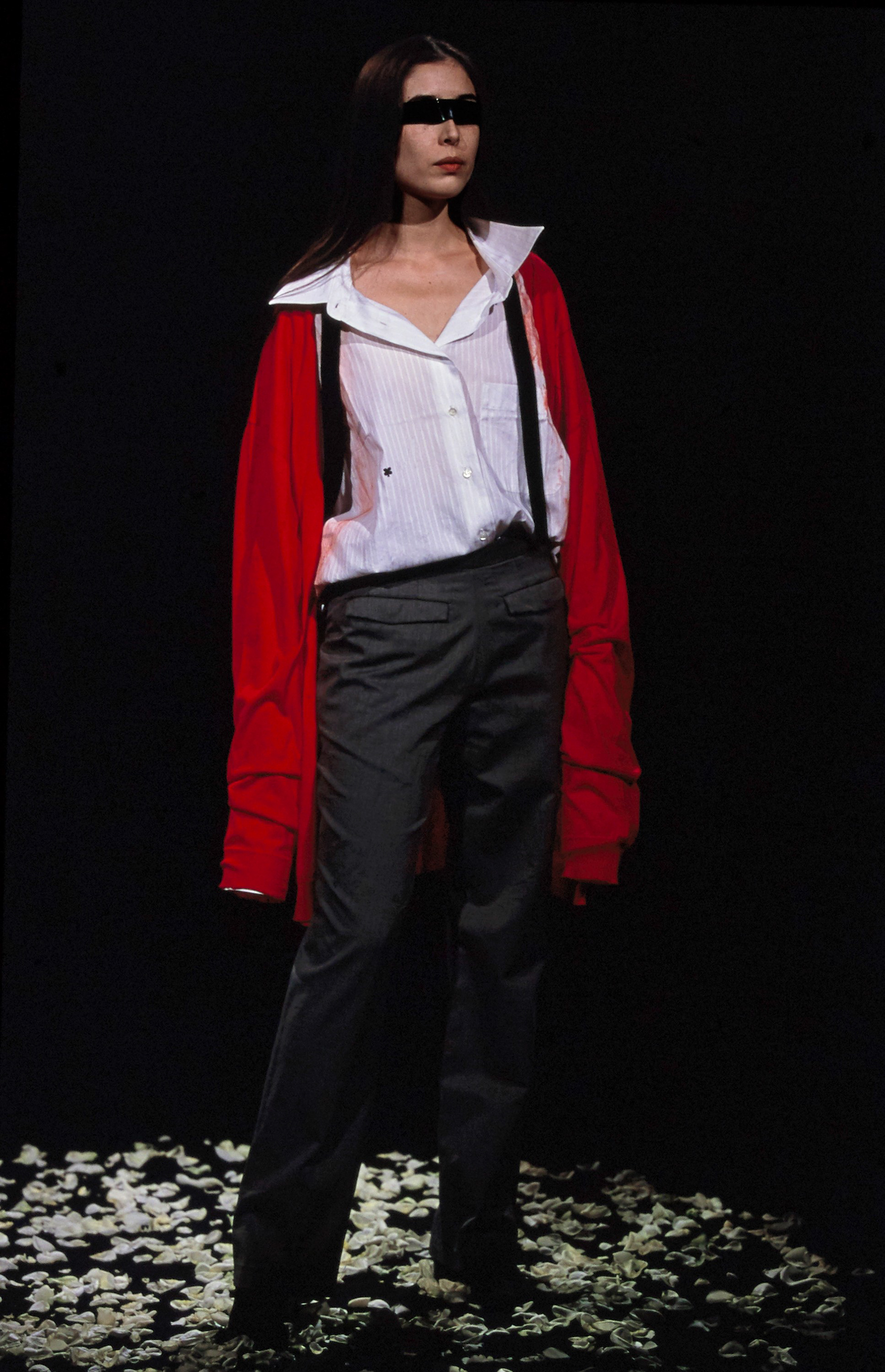
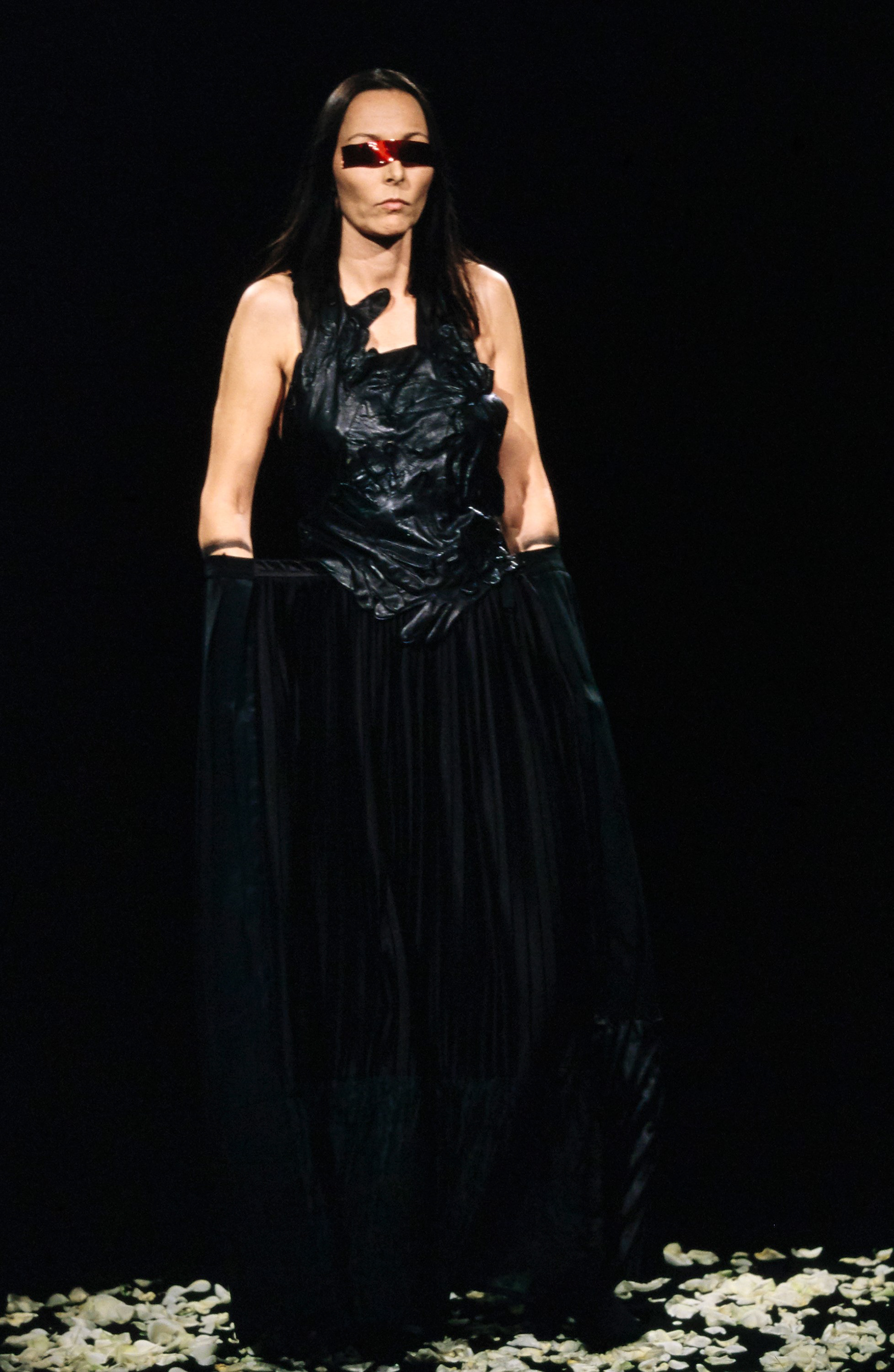


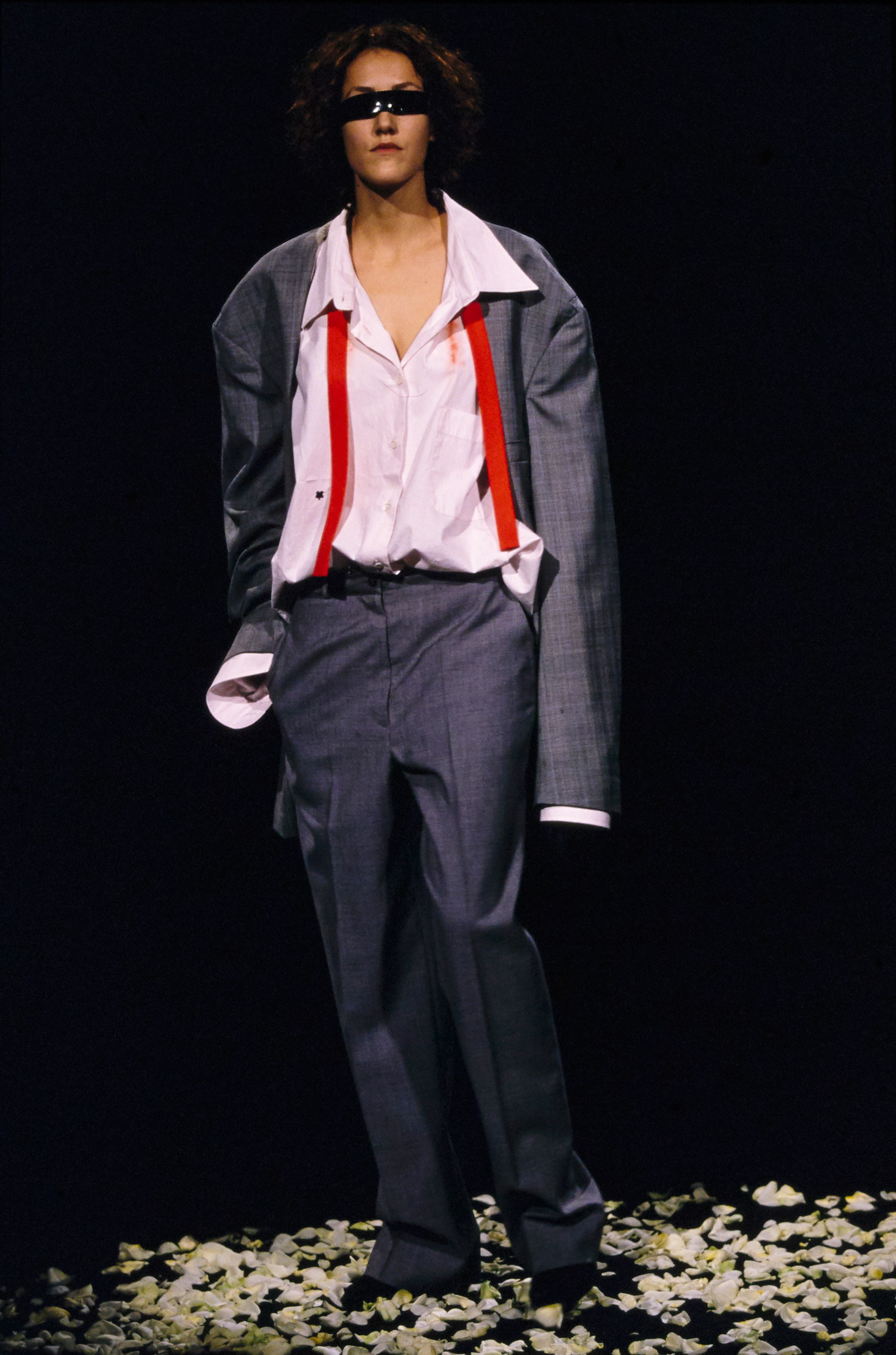
Fall '01 RTW
"For his Fall ’01 show, Margiela chose a location in a tunnel under Paris’s Pont Alexandre III. Models wore rock tees, thigh-high boots, silken men’s robes, and fringed dresses. It was one of his most street-inflected collections ever." source: VOGUE
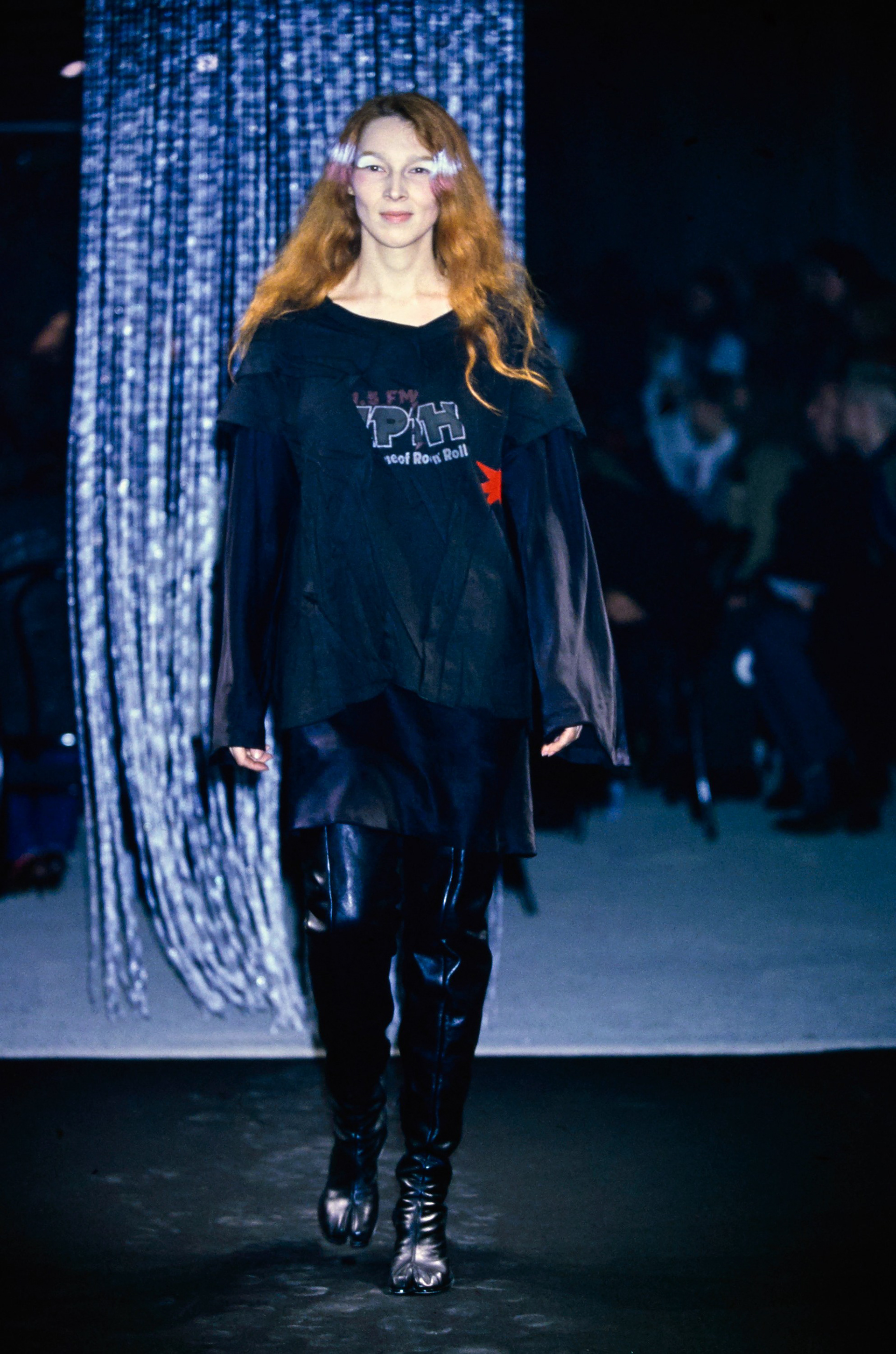
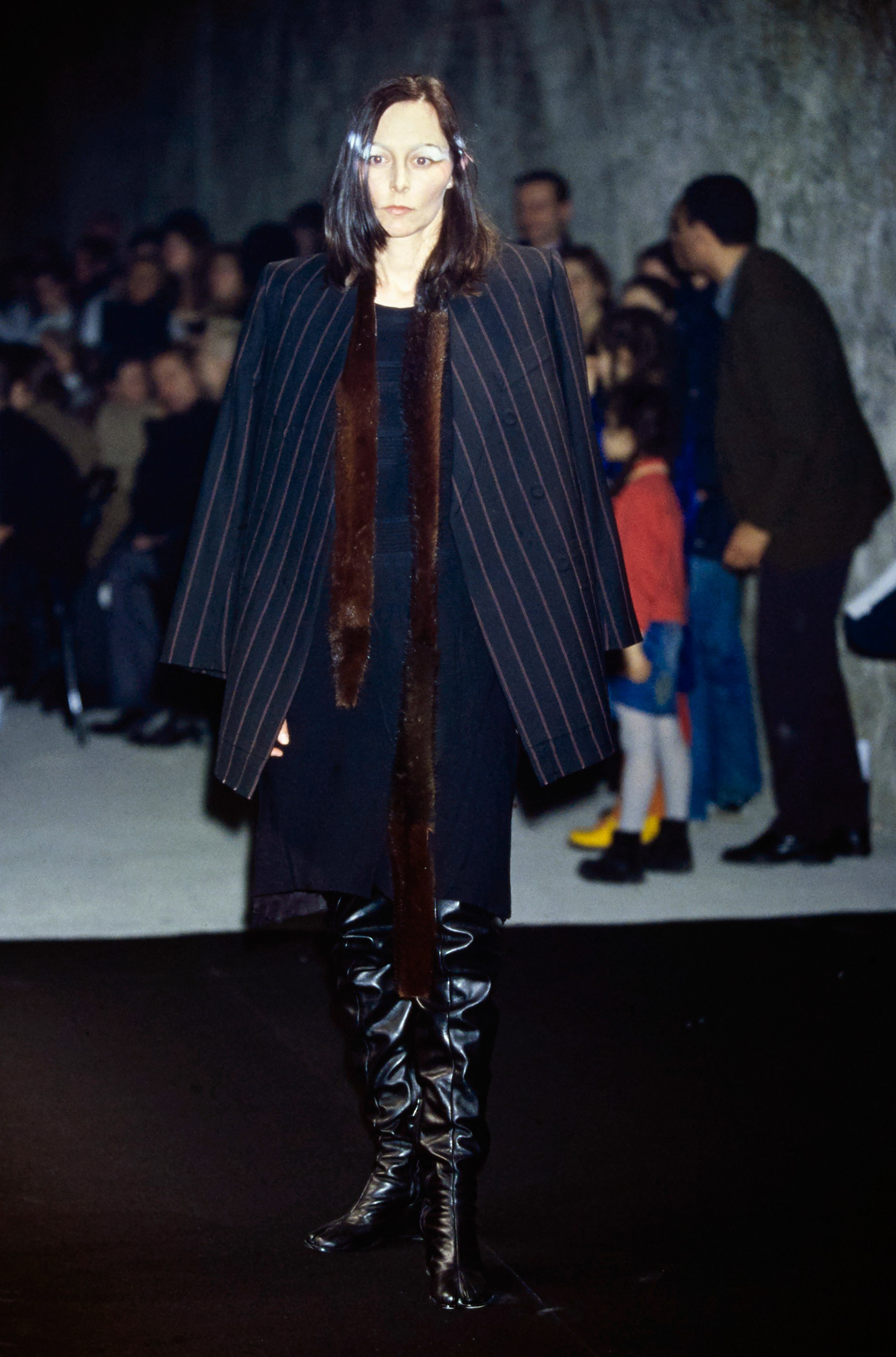

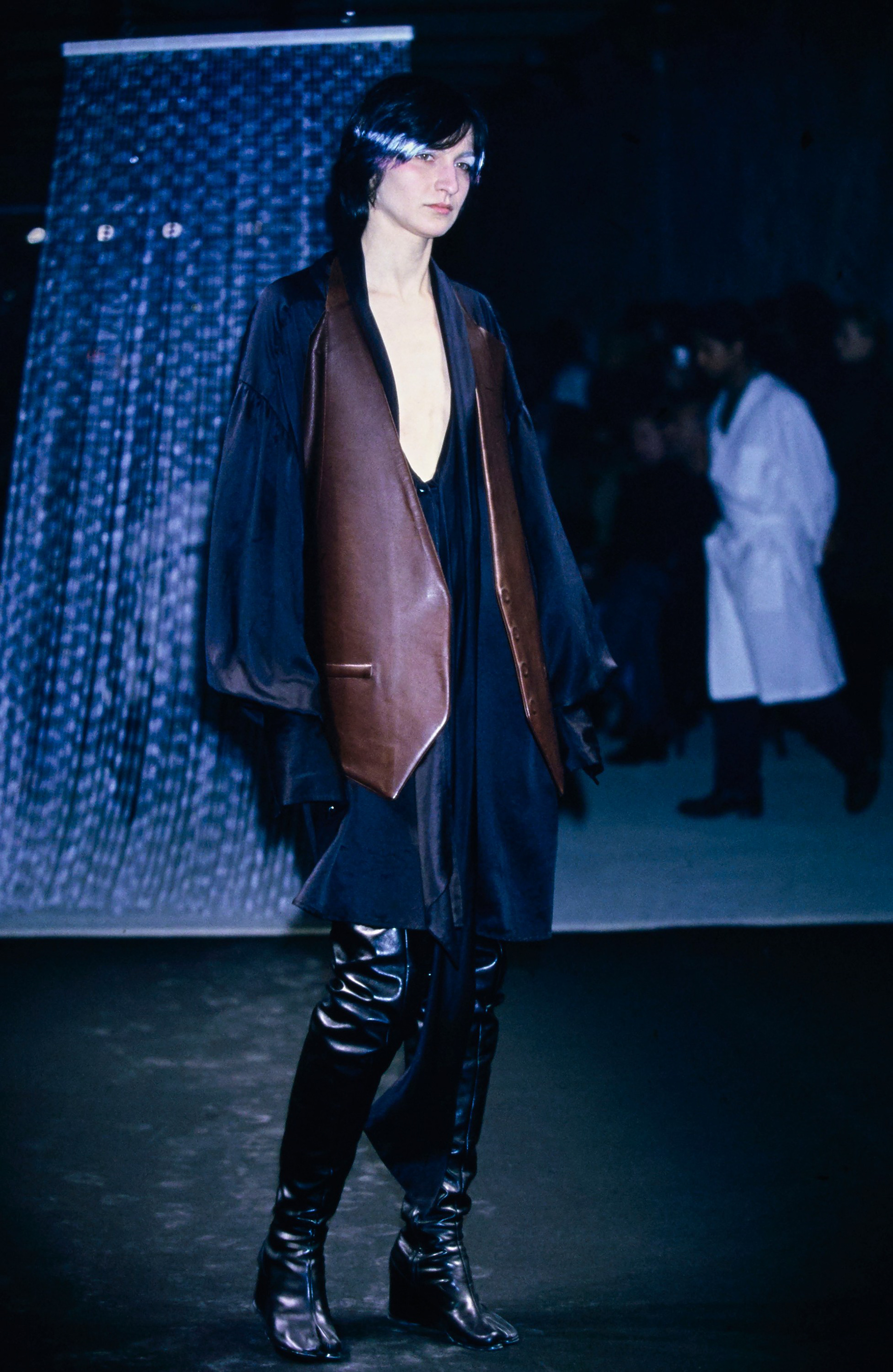


Spring '02 RTW
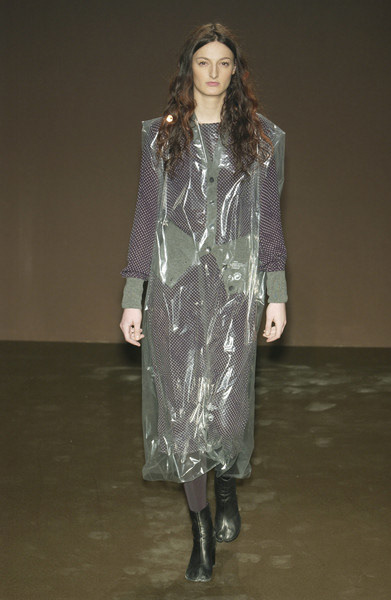
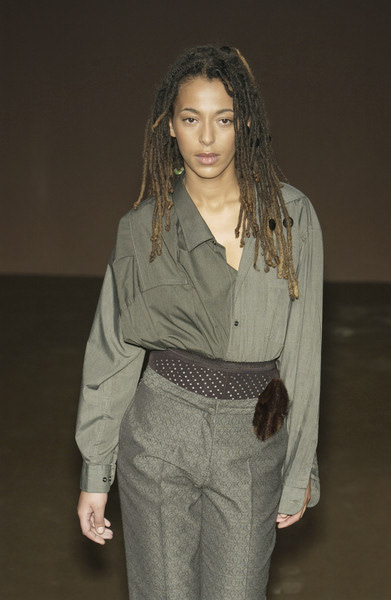

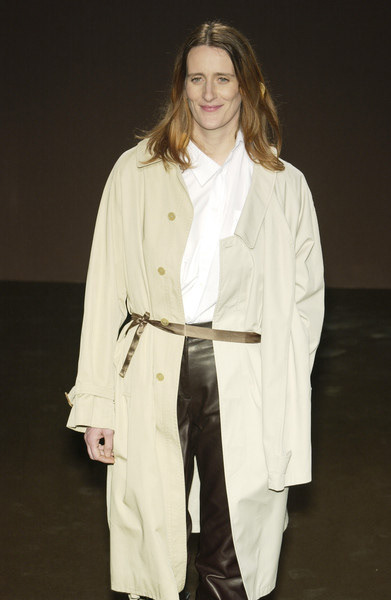

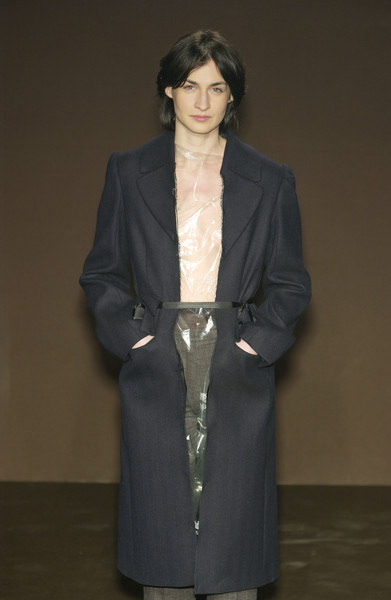

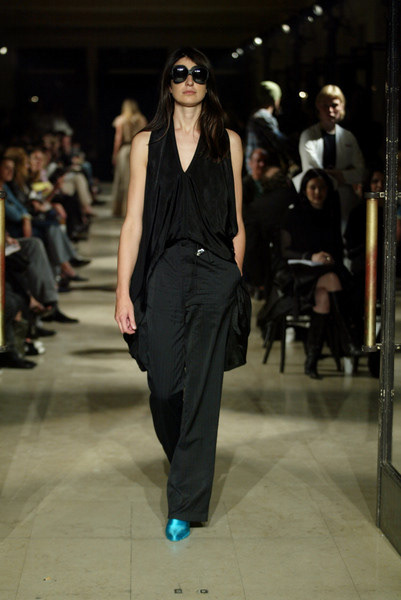
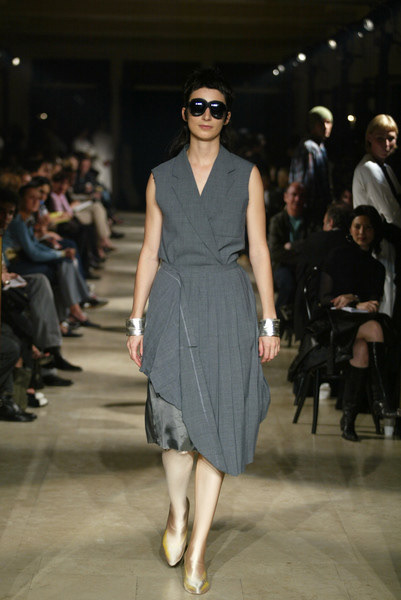
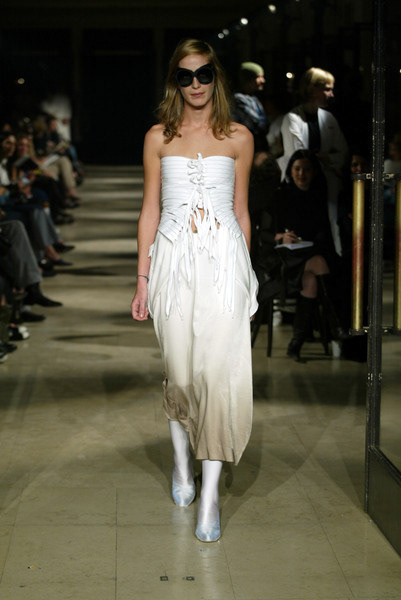
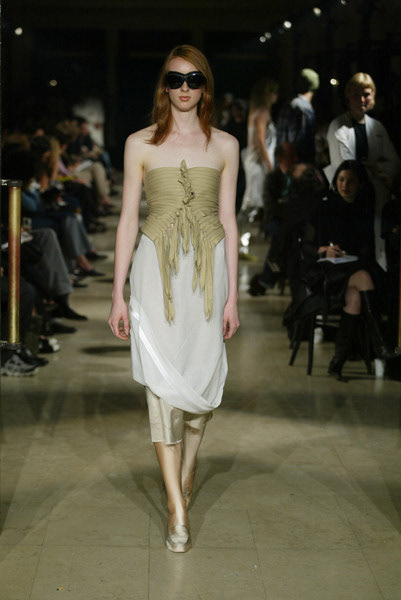
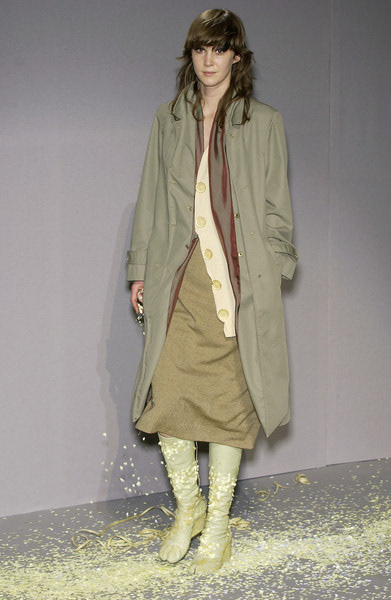
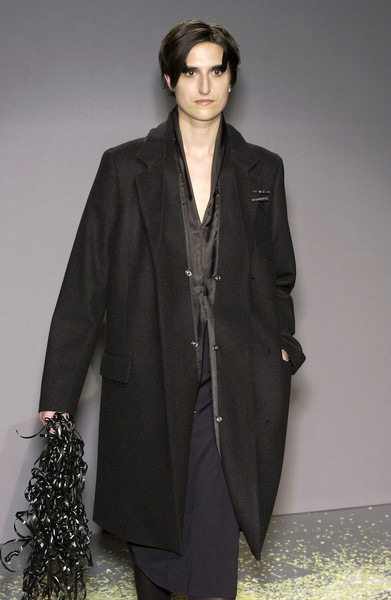
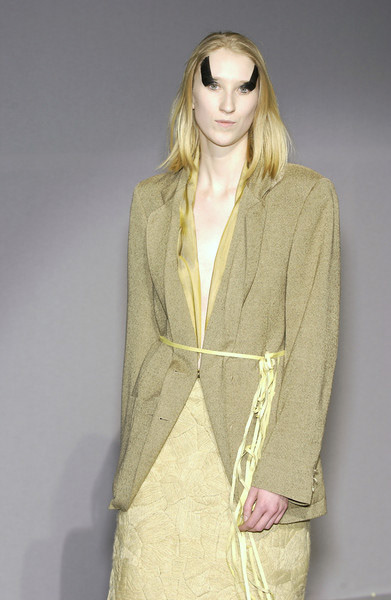
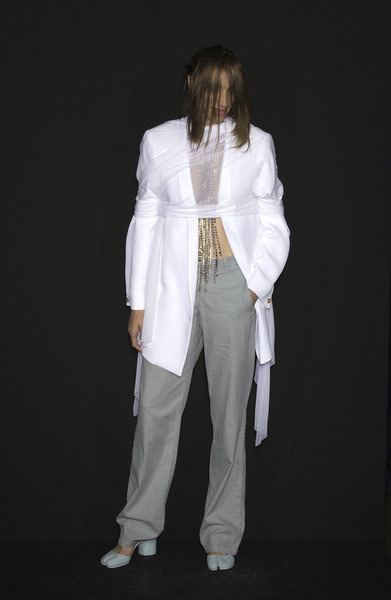

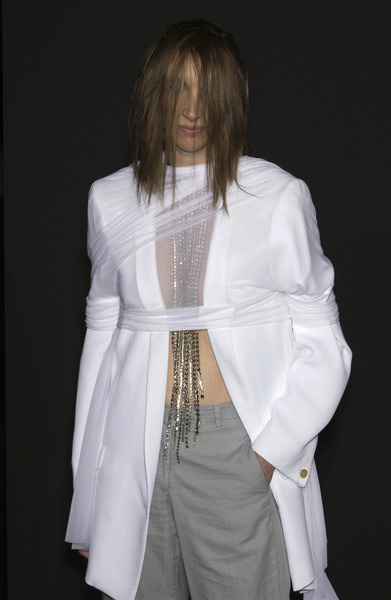

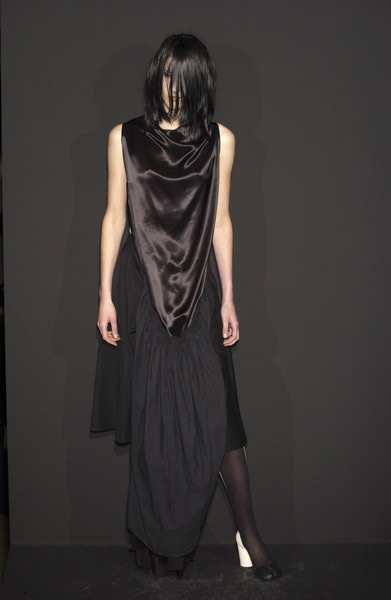
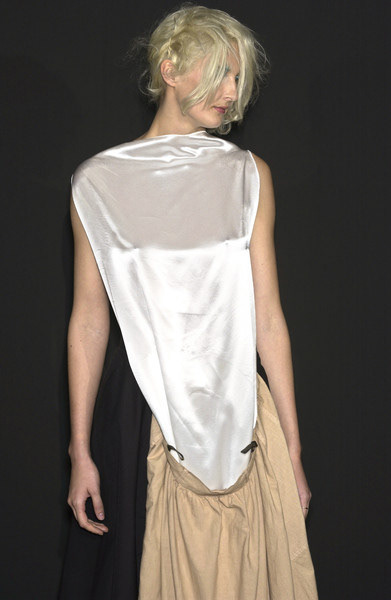
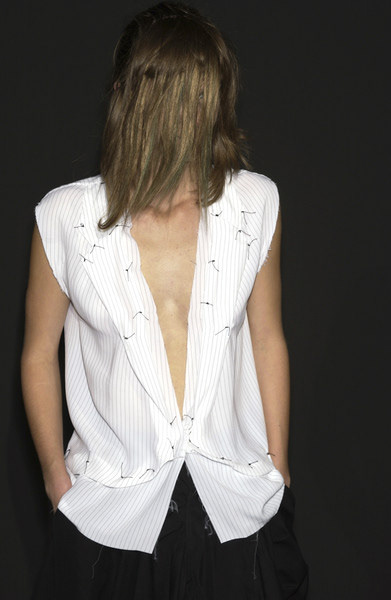
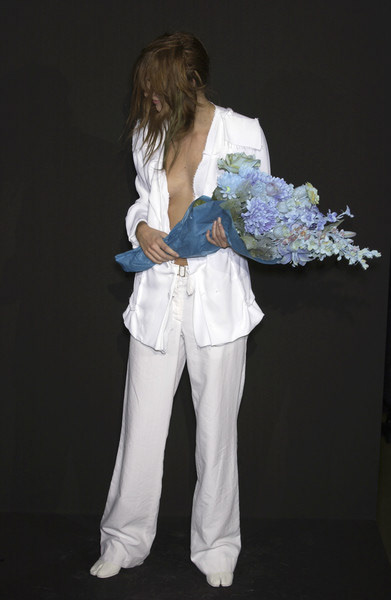

Spring '06 RTW
"The women in Martin Margiela's show looked like they were posing amid a strange sort of fashion construction site. Each was wheeled out on her own trolley, slowly pushed along train tracks by a black-clad assistant. The first model, her body slicked with oil, was wearing a pair of white pants, with a cummerbund for a bra. One trouser leg was wider and longer than the other, trailing off into an unfinished hem. It had an industrial red-and-white-striped "caution" sticker taped up the side.
That was only the opening gambit in a collection that had begun in Margiela's head as an idea about "dissolving" the structure of clothing. Every outfit came with one side finished and the other melting off into raw fabric. A couple of dresses still had bolts of fabric attached. And then, to underline the theme, there was the extraordinary jewelry—necklaces and bracelets made of ice cubes, which, in the process of melting, marked the clothes with streaks of blue or magenta.
If all that sounds like a crazy intellectual essay on work in progress, don't be too put off. This was also a hot display of grittily glamorous womanhood, as exemplified by the strong-featured, grown-up yet languorous models Margiela had selected from street castings. As they shifted their slick bodies and shook their tousled hair, they radiated enough sexual heat to reduce any man to a pool of water at their feet. As for fashion content: In a season when the stock of pantsuits is steeply on the rise, Margiela's masterful tailoring is some of the most sophisticated around." source: Vogue
